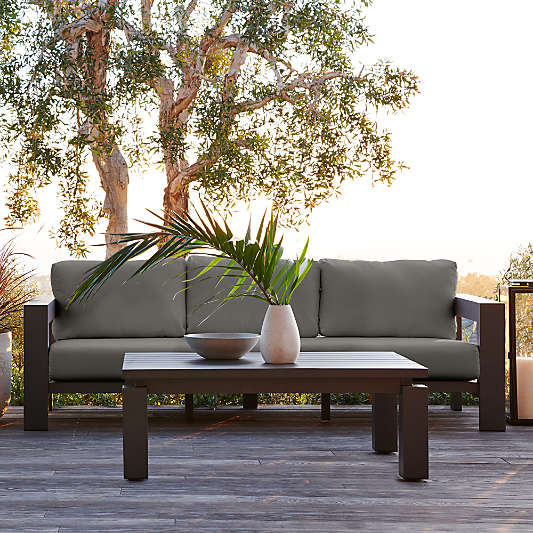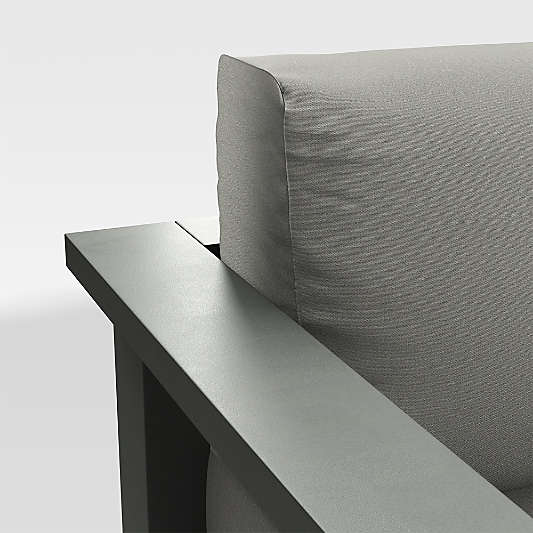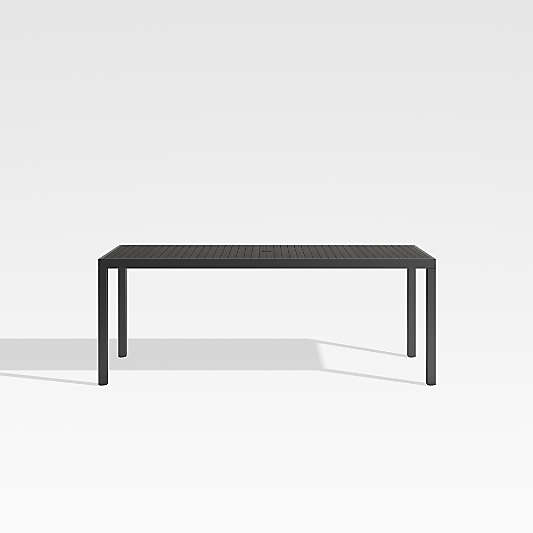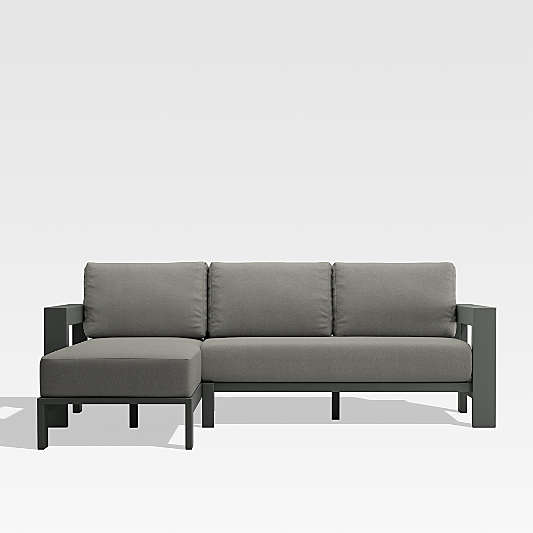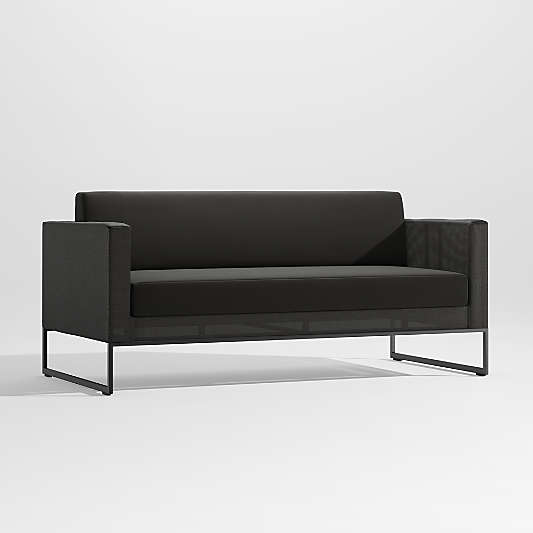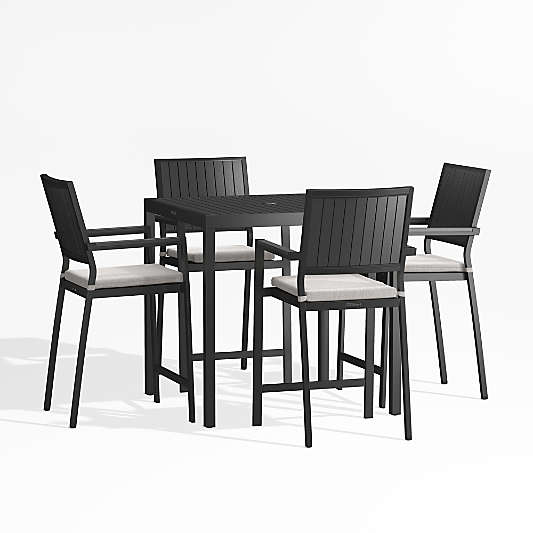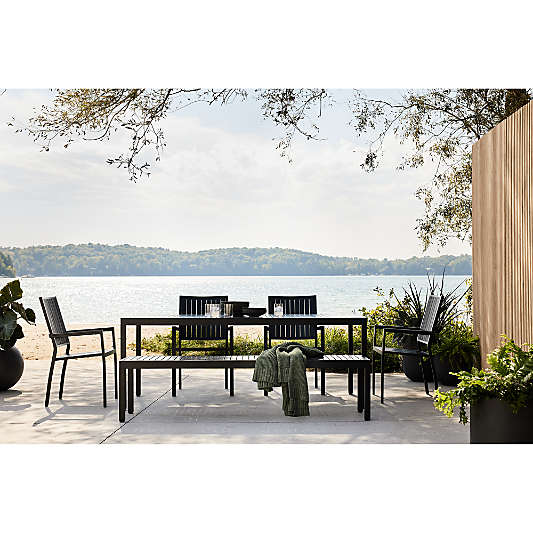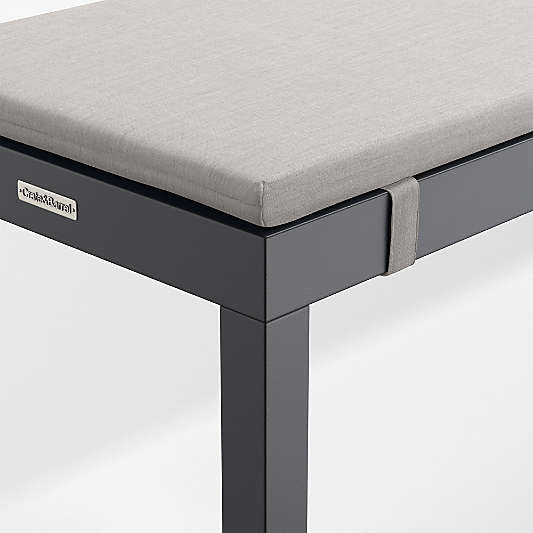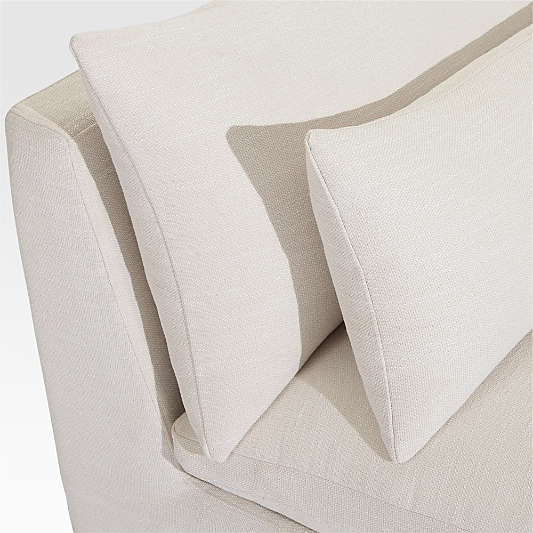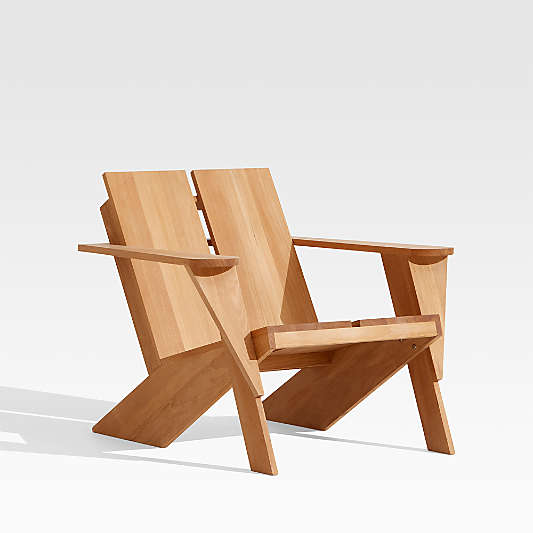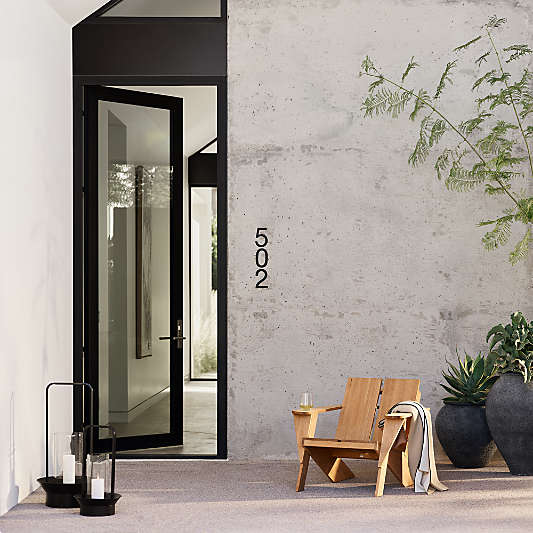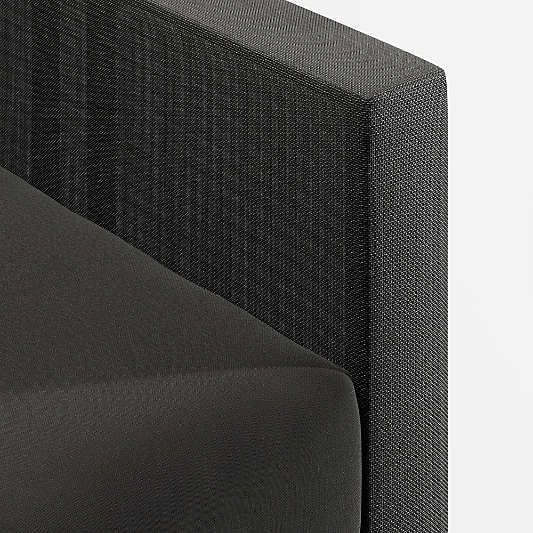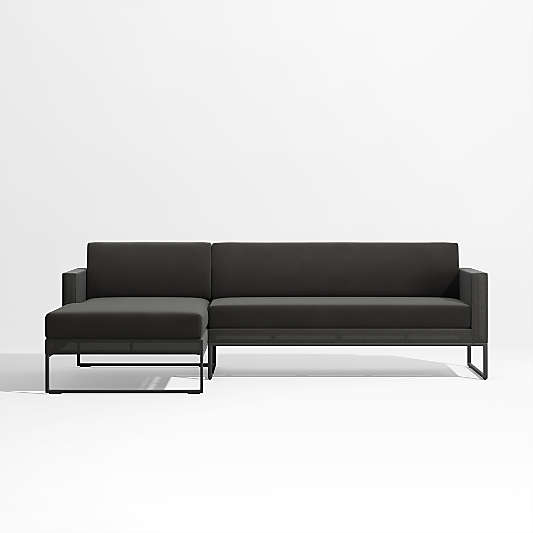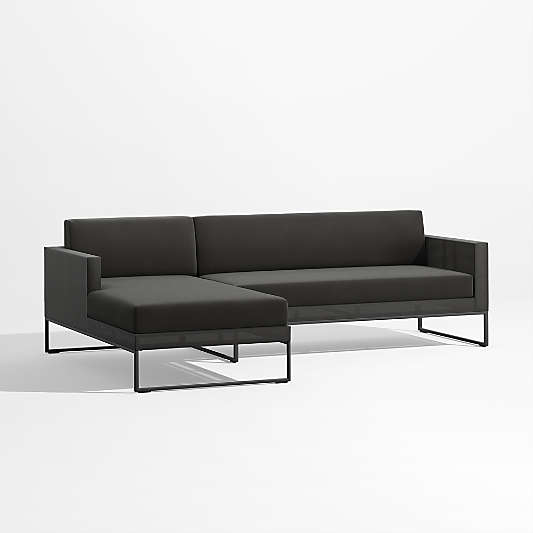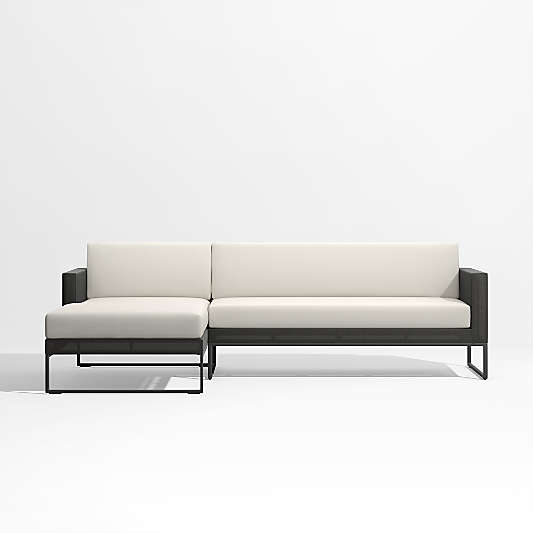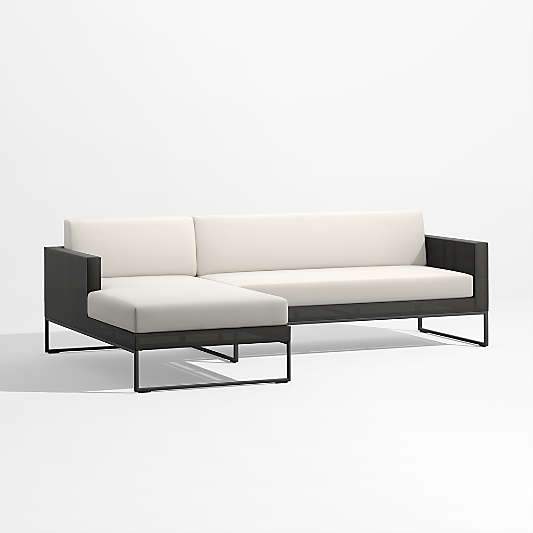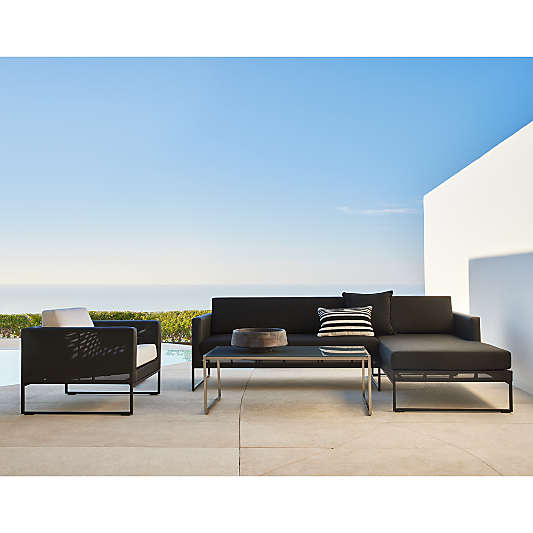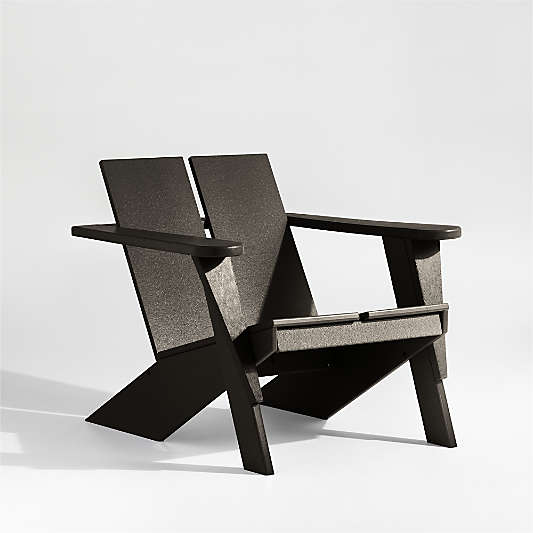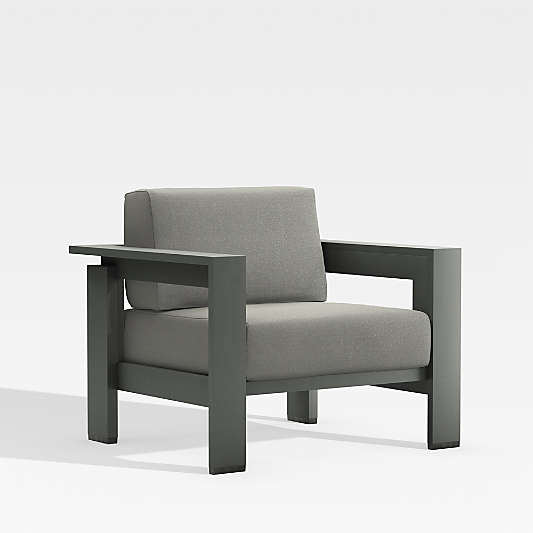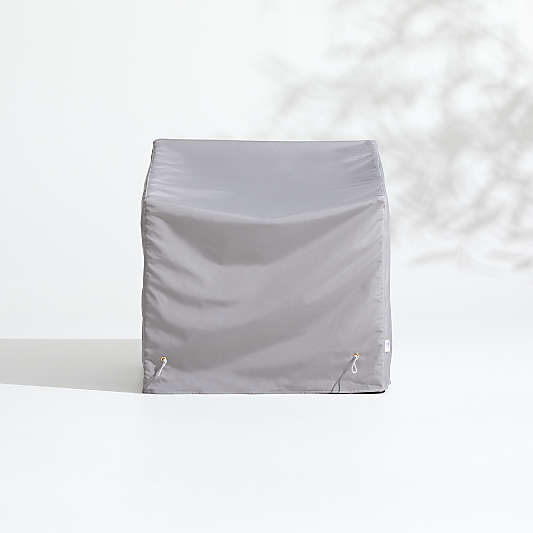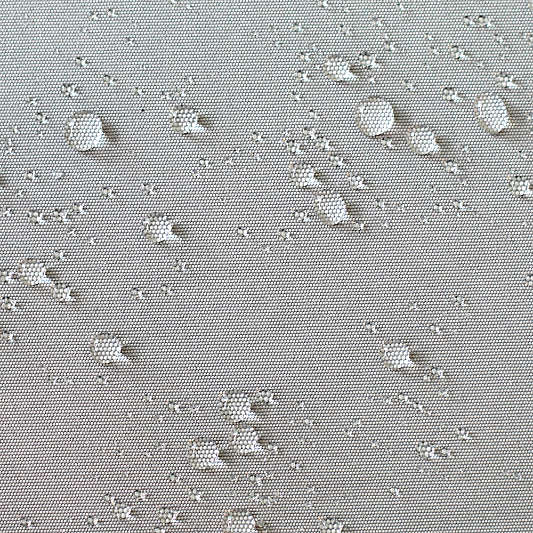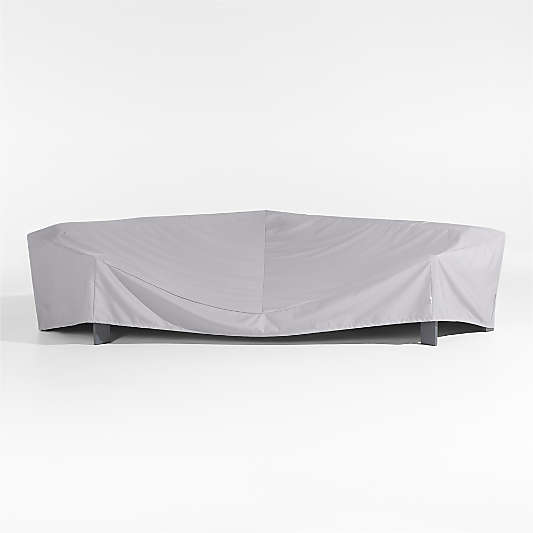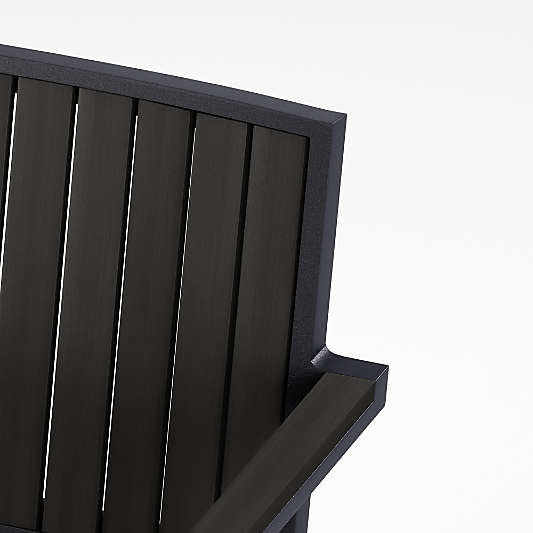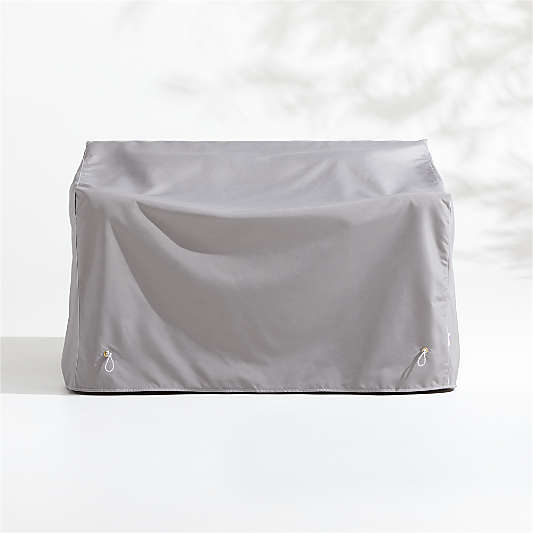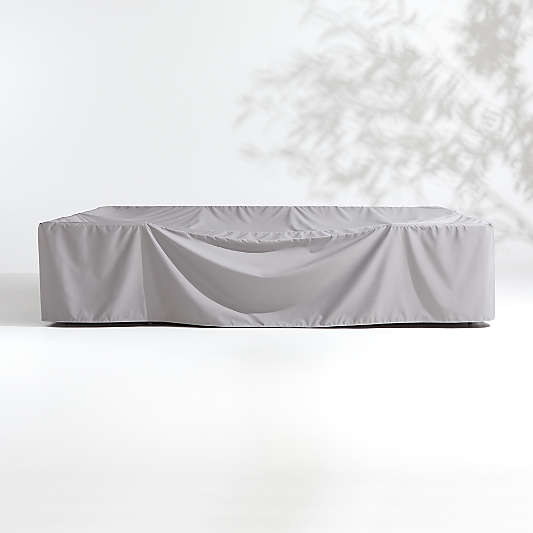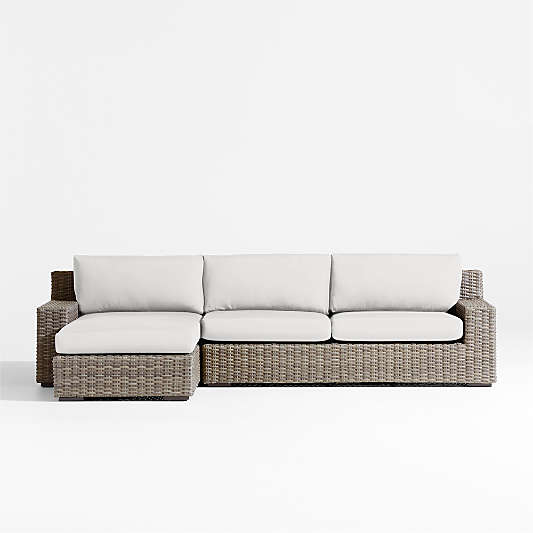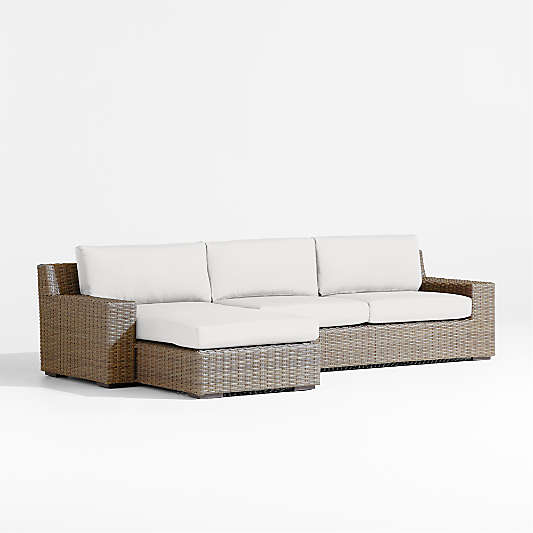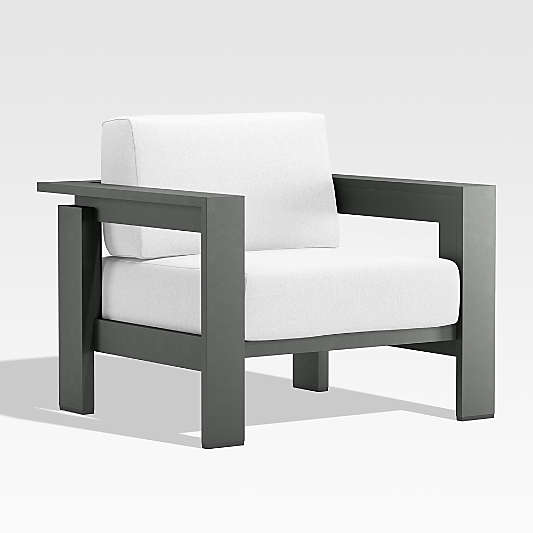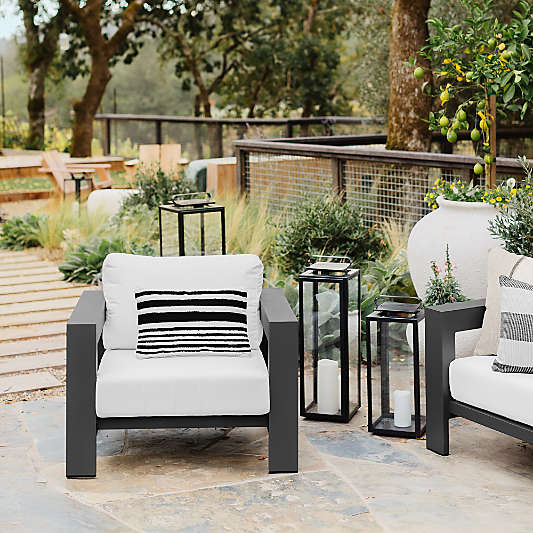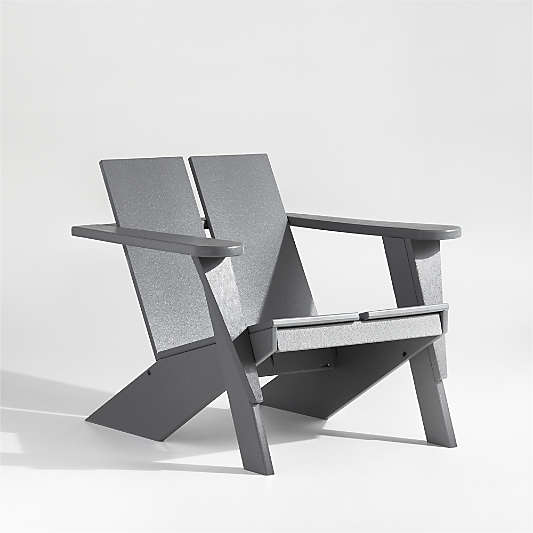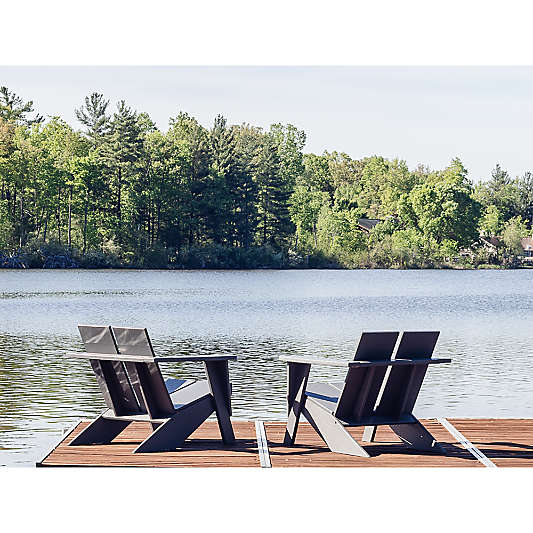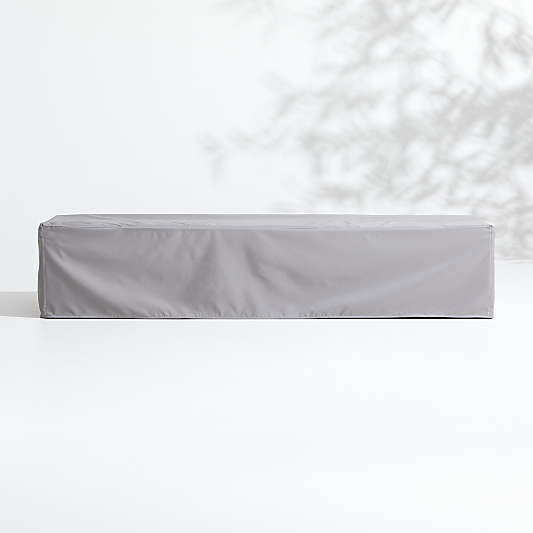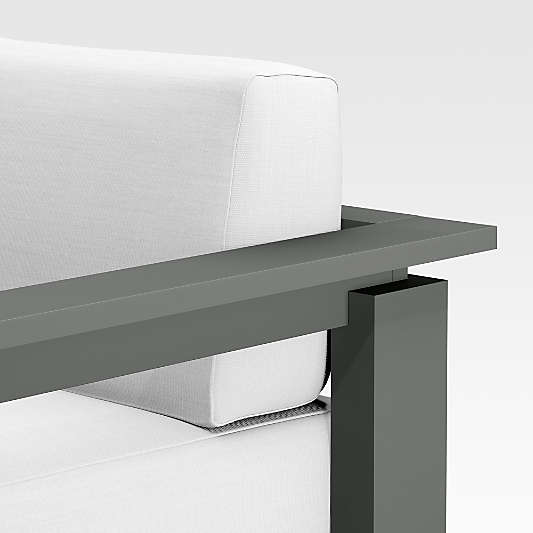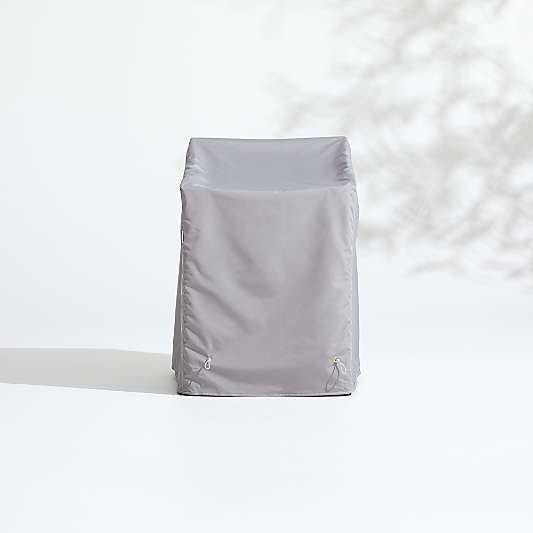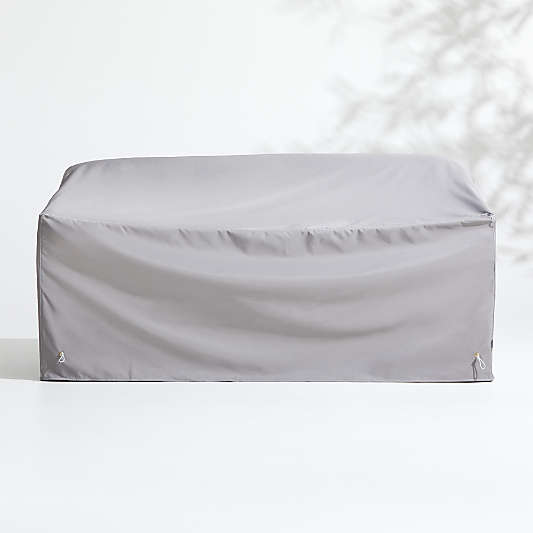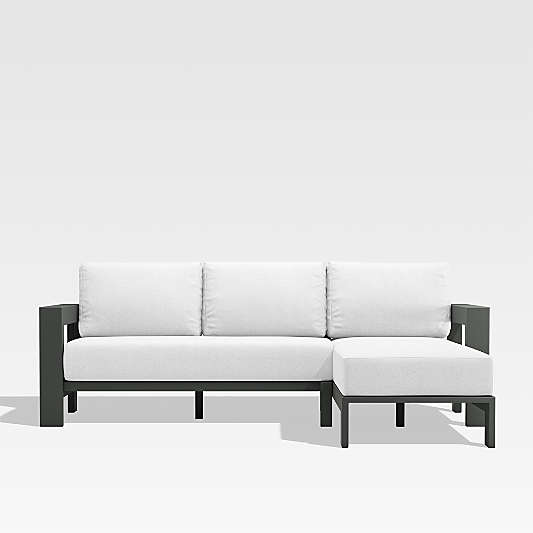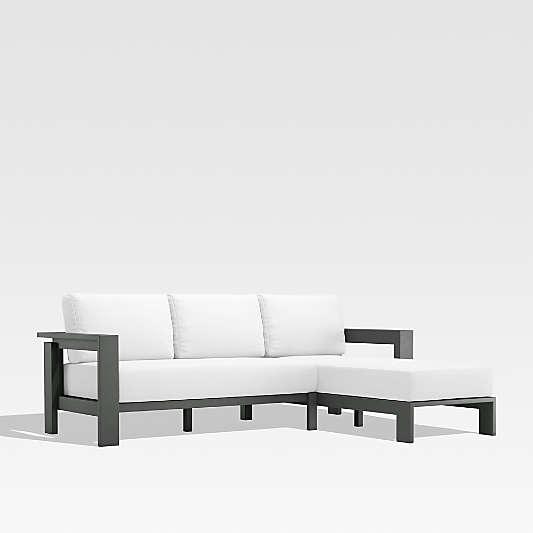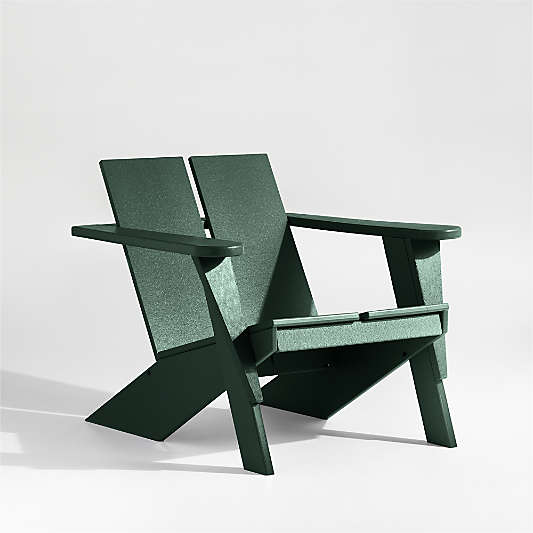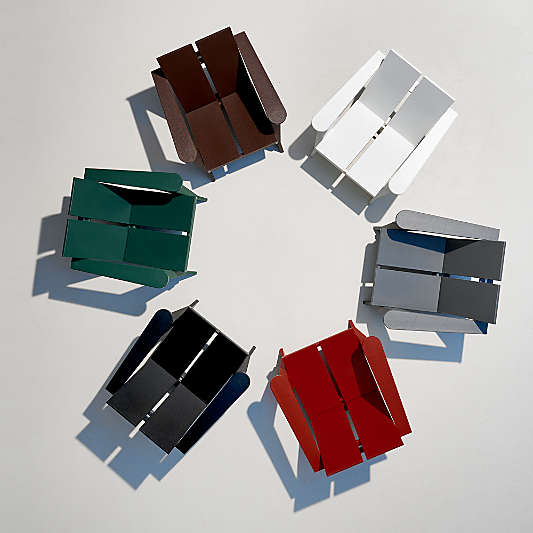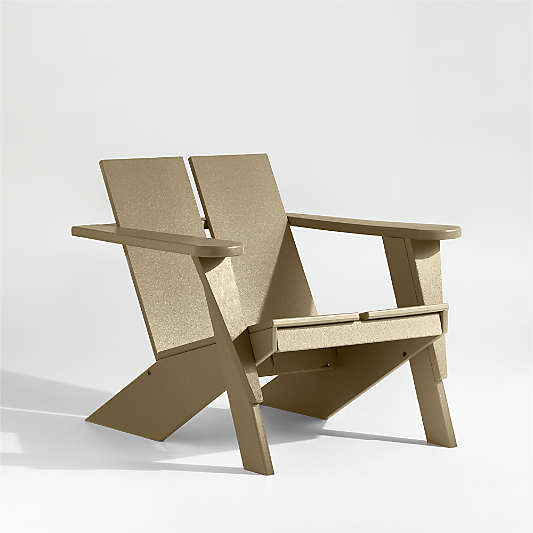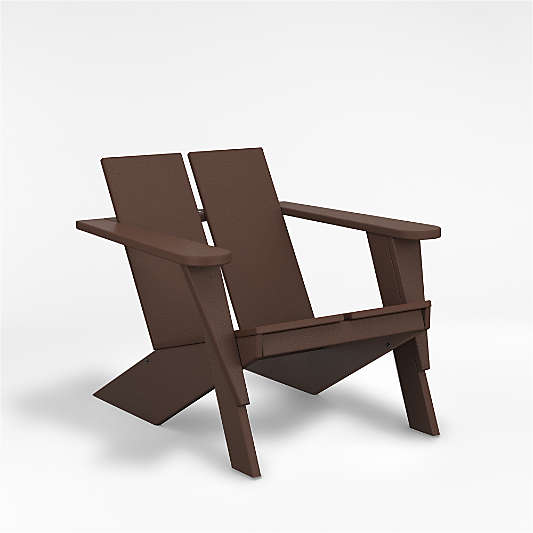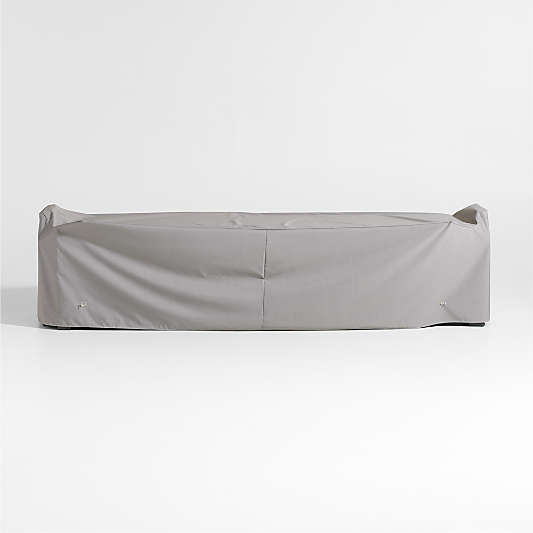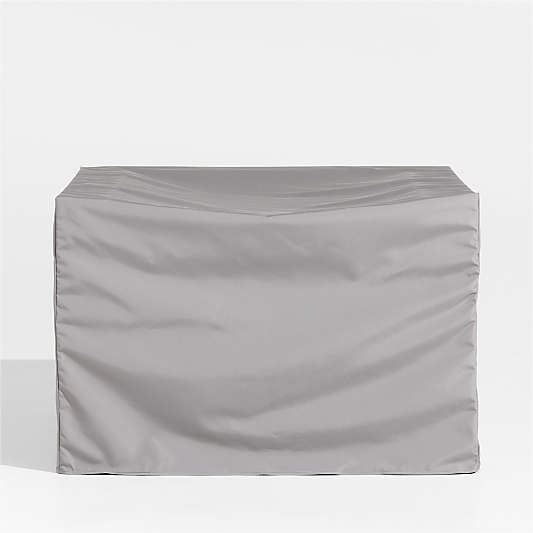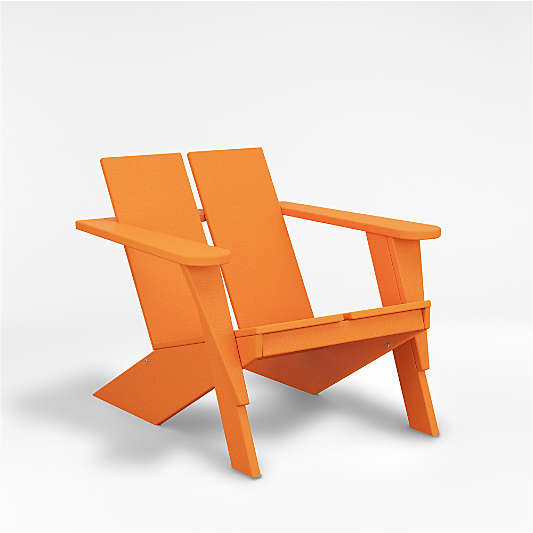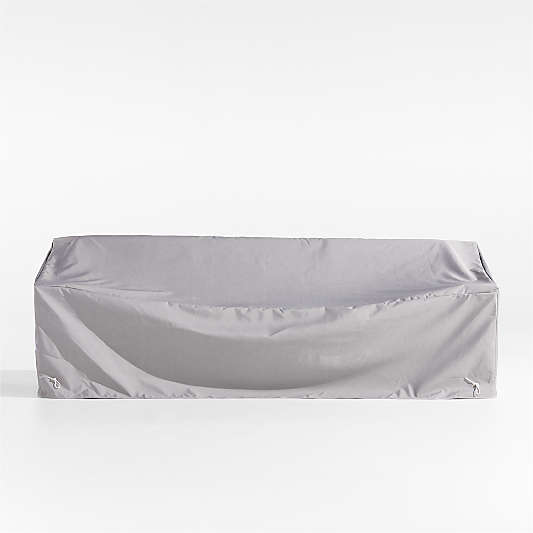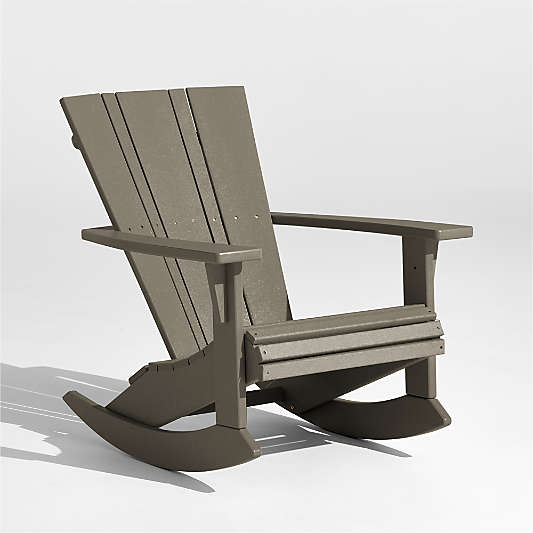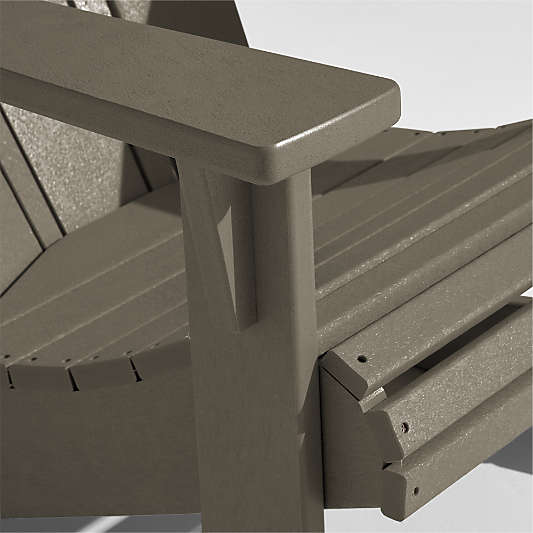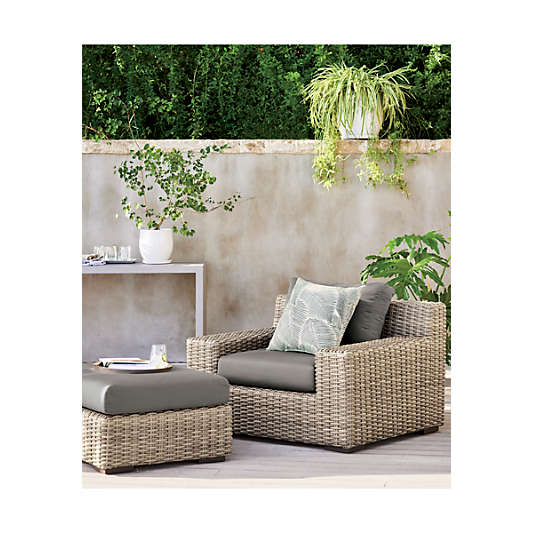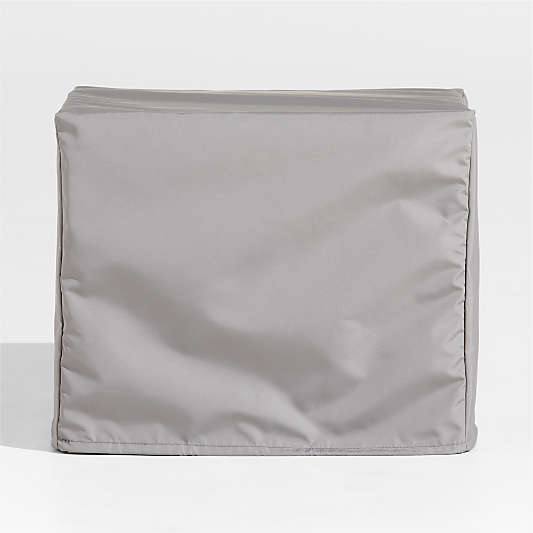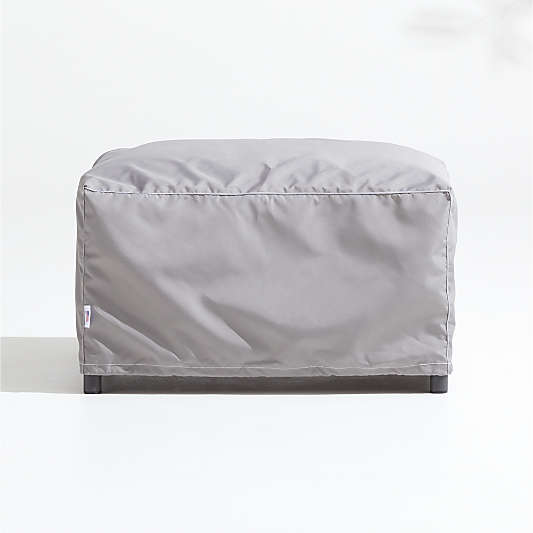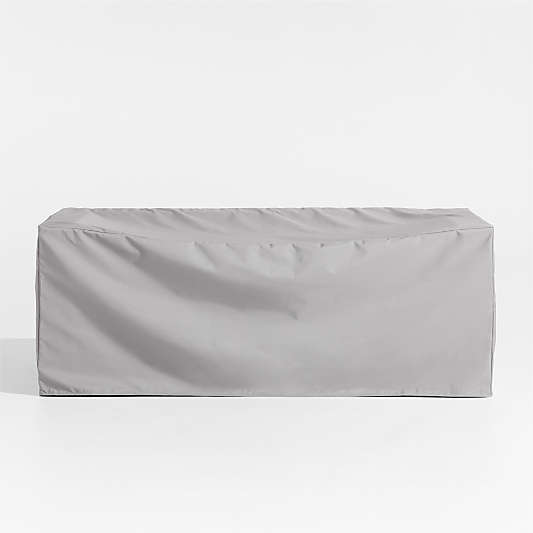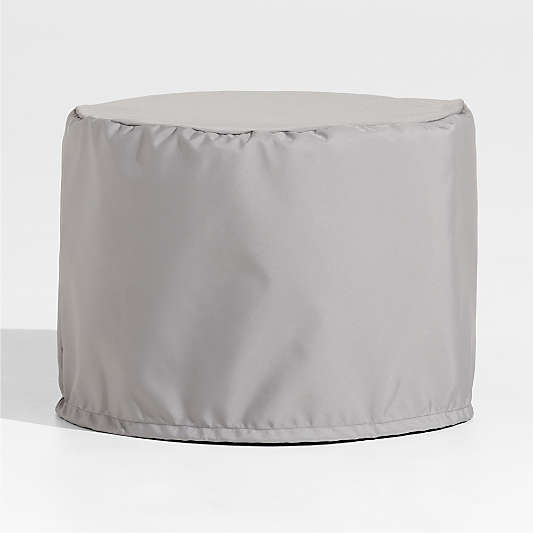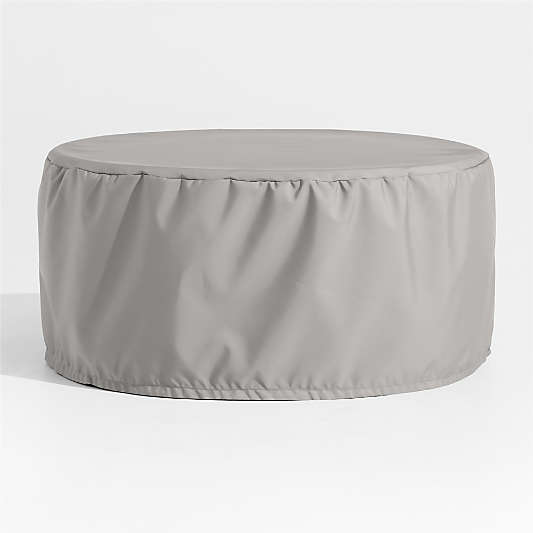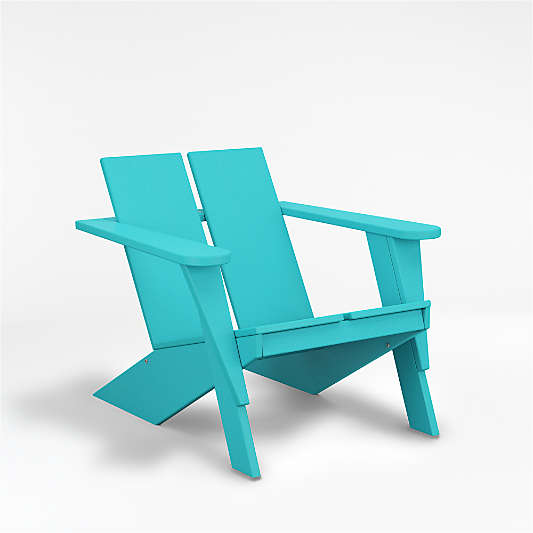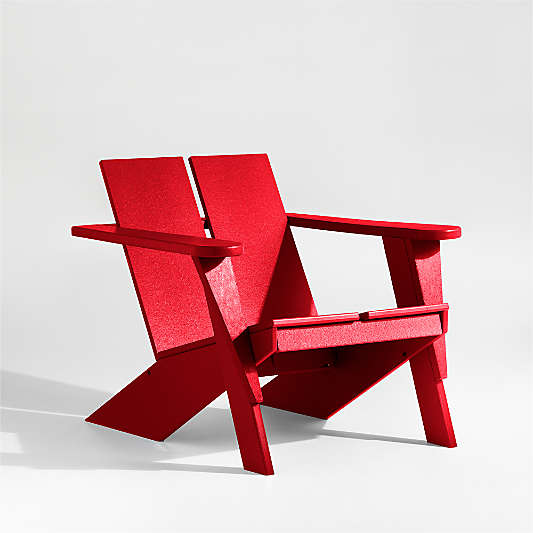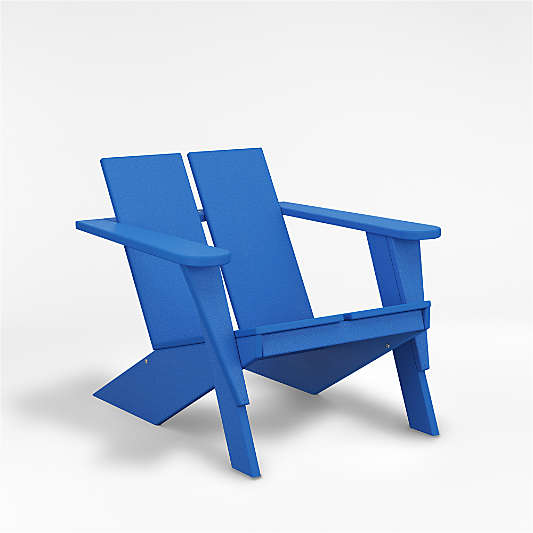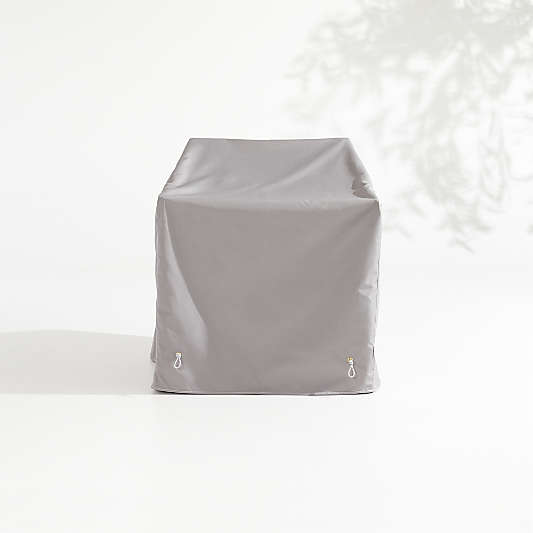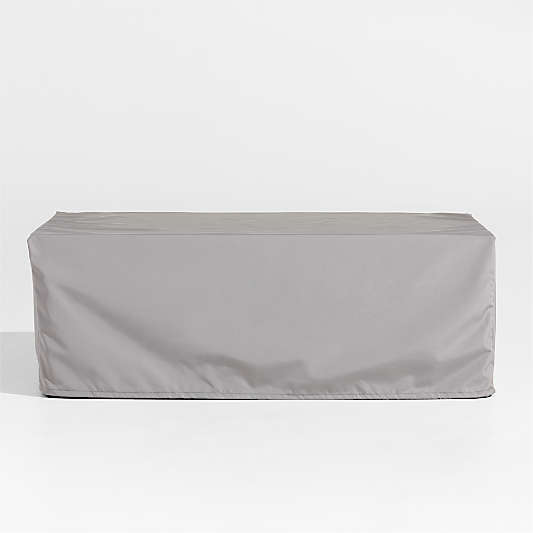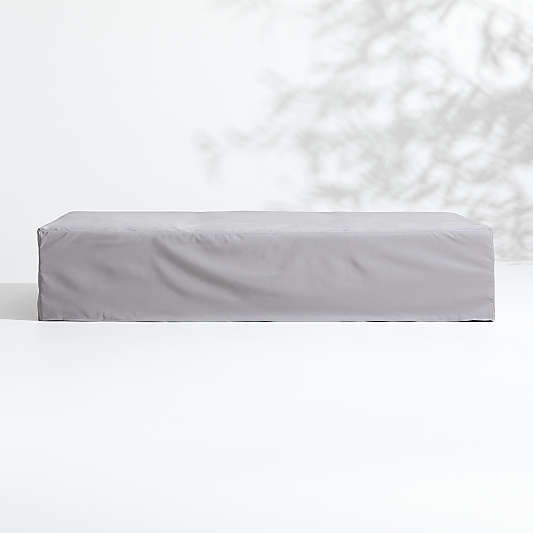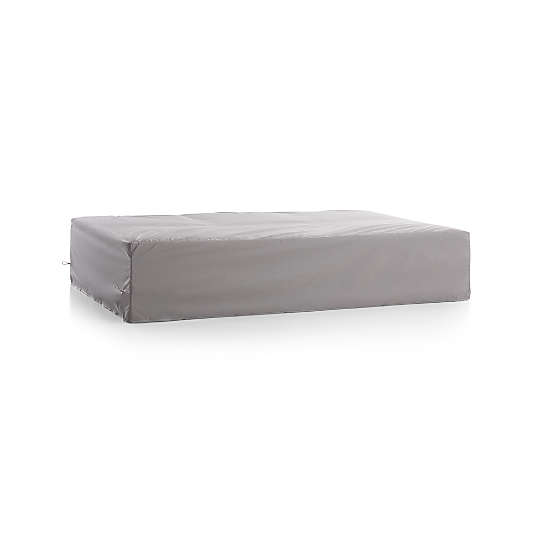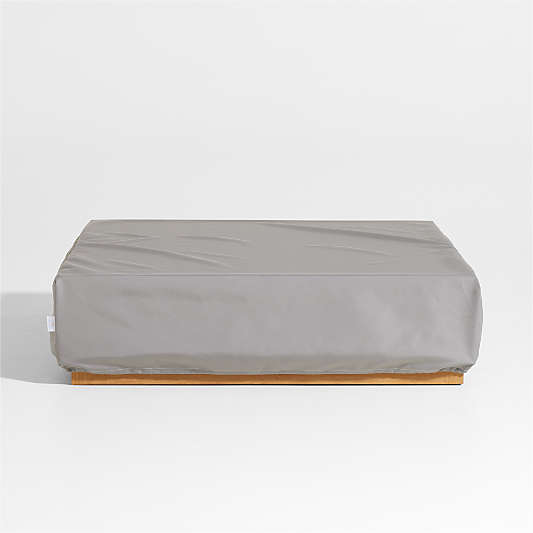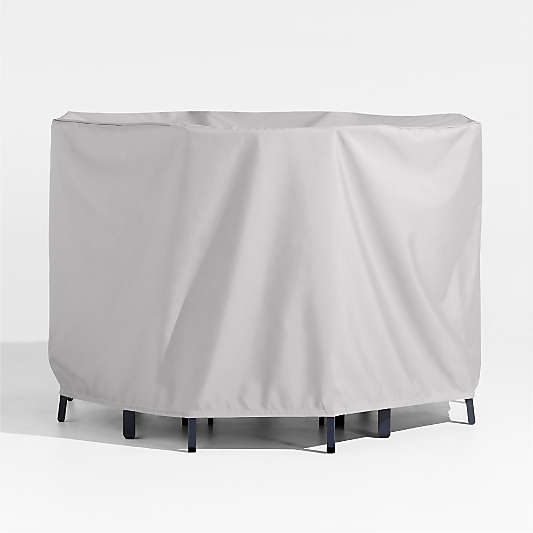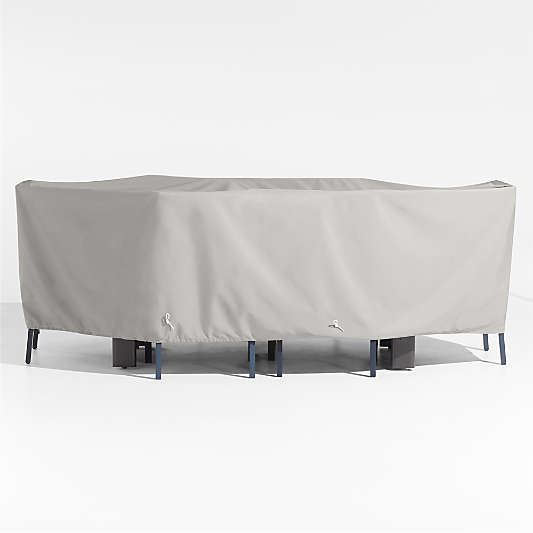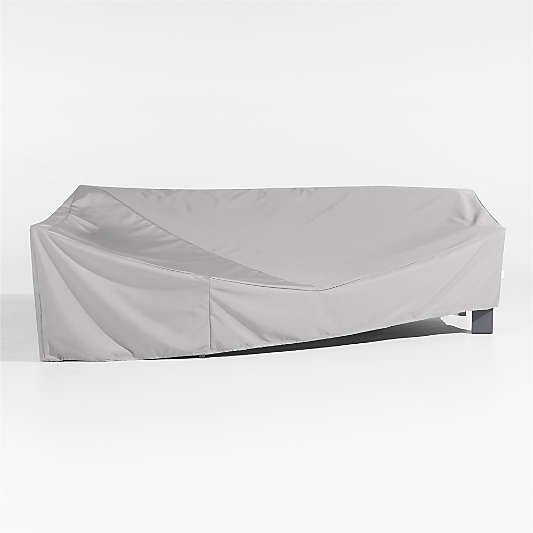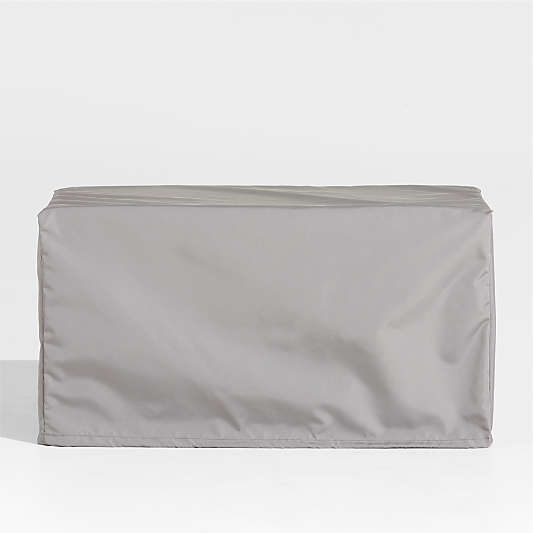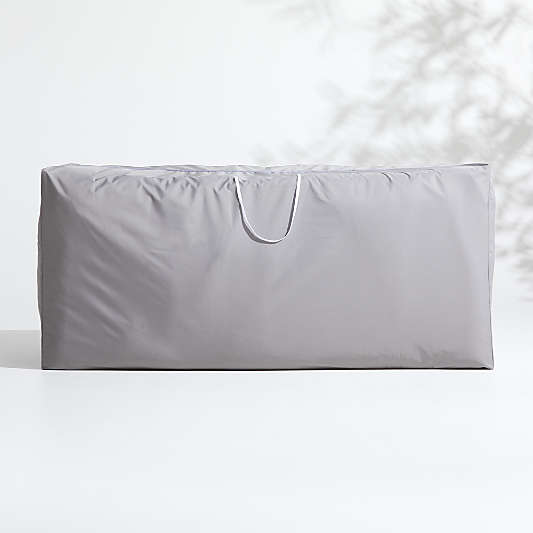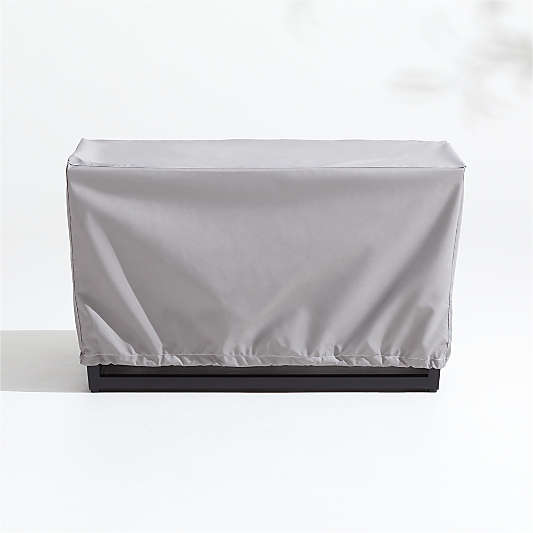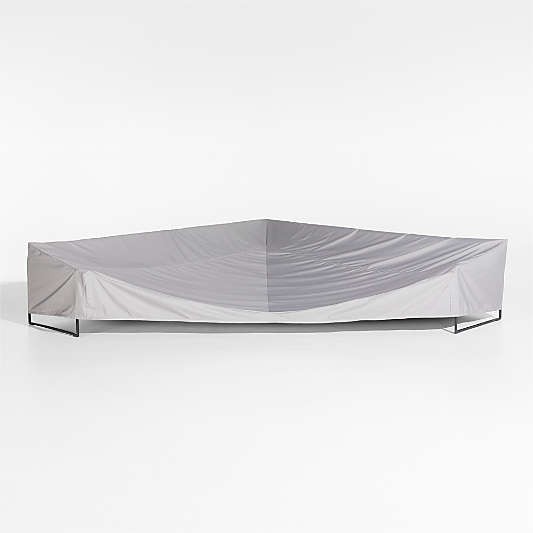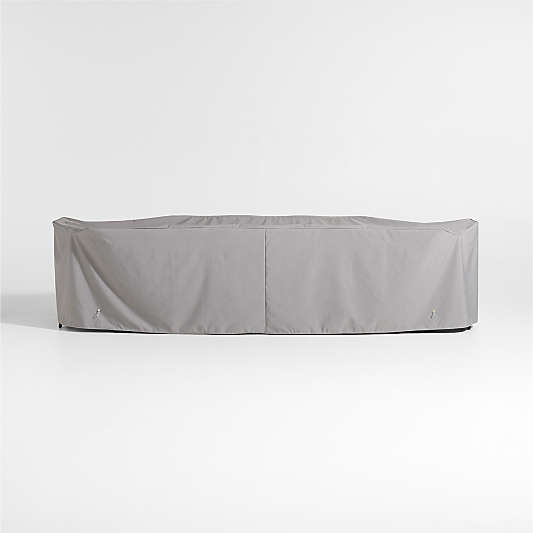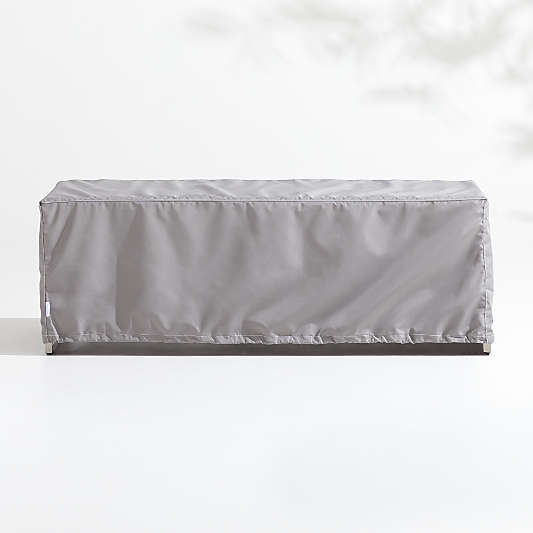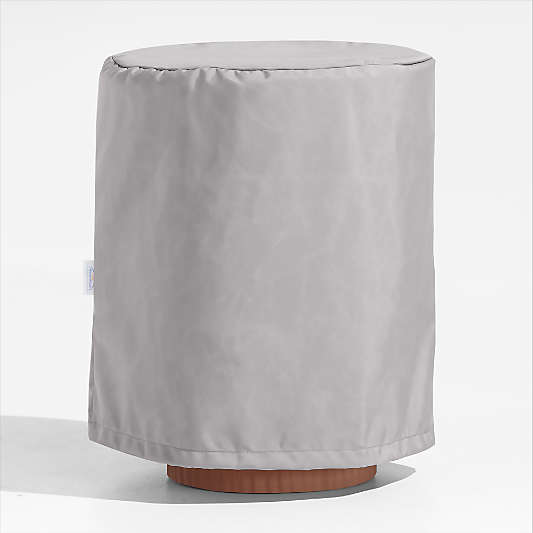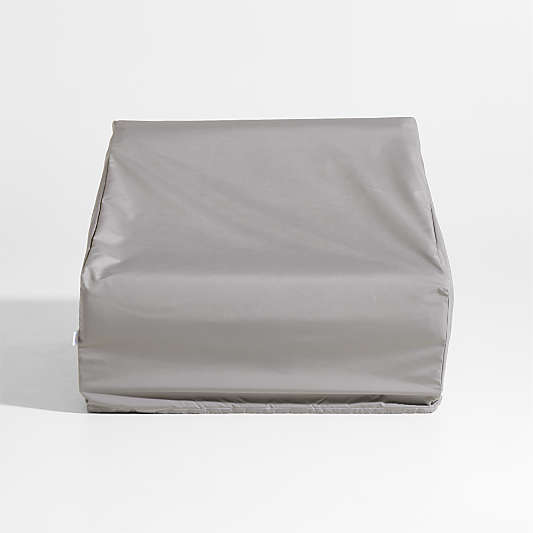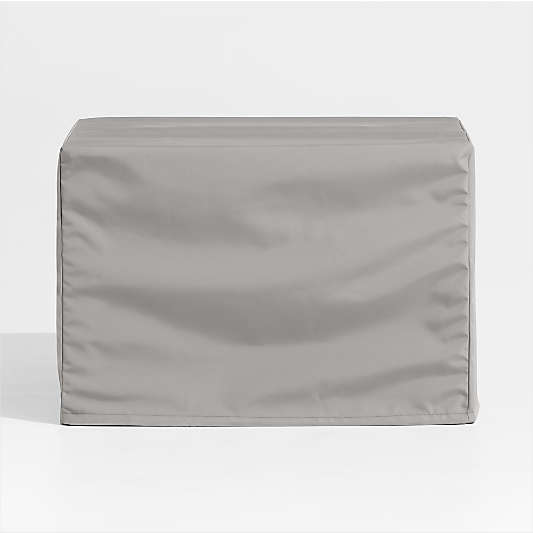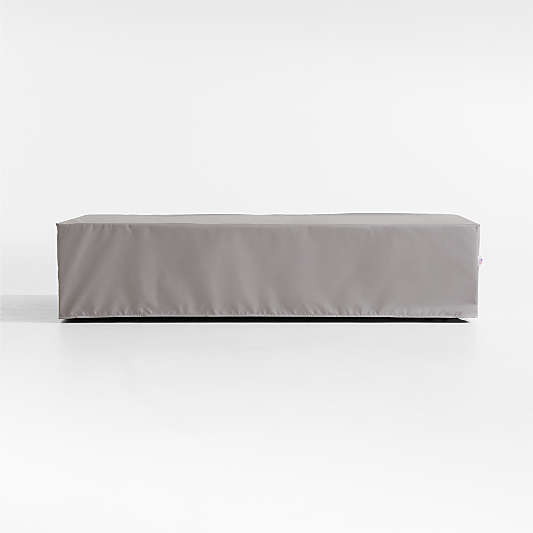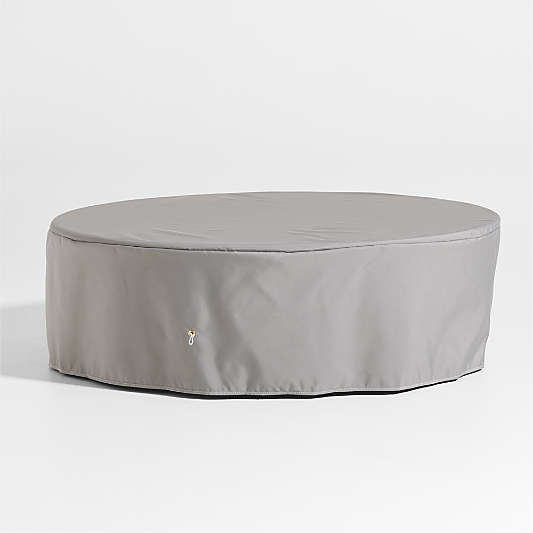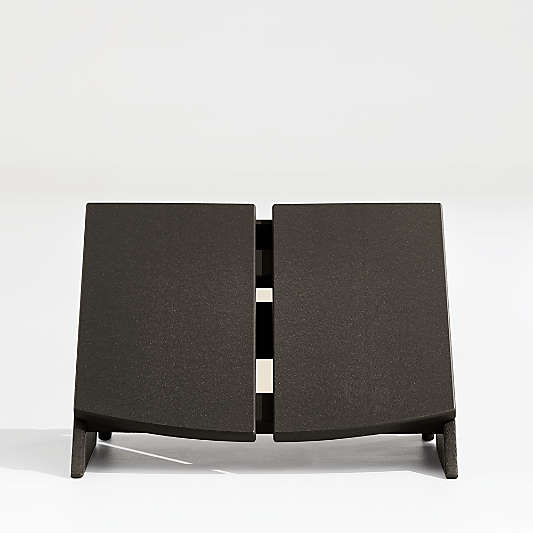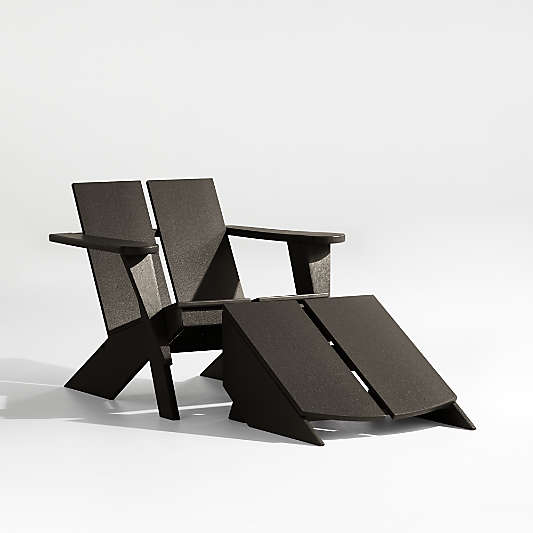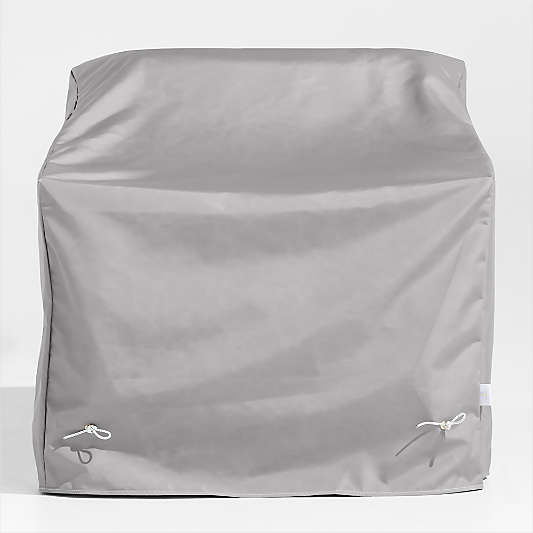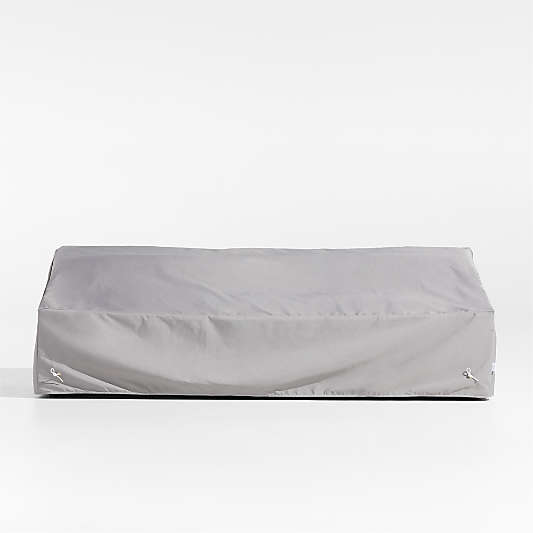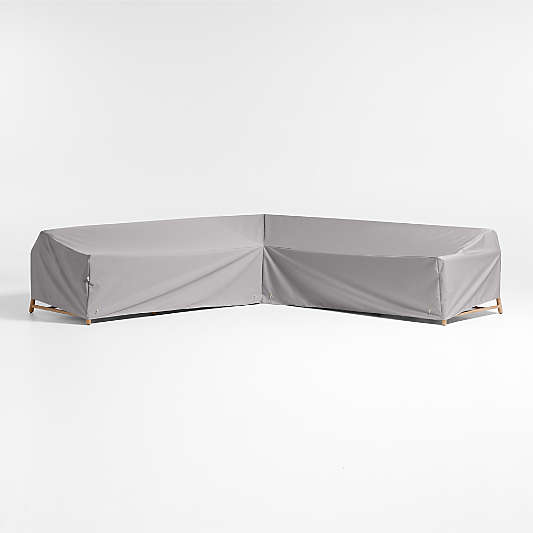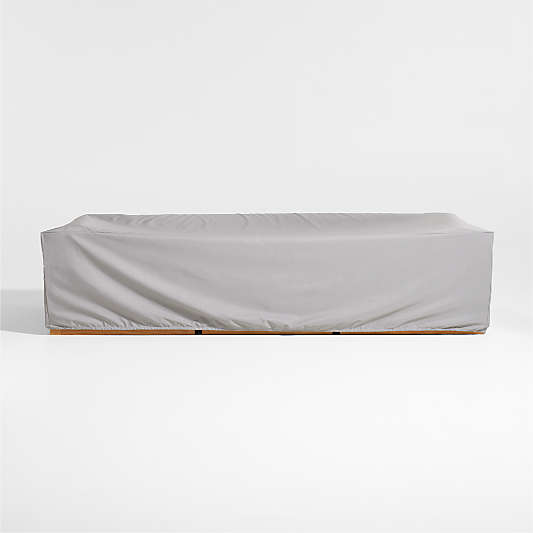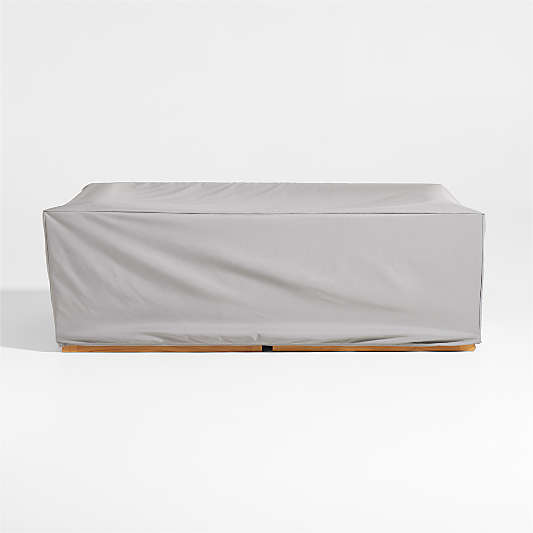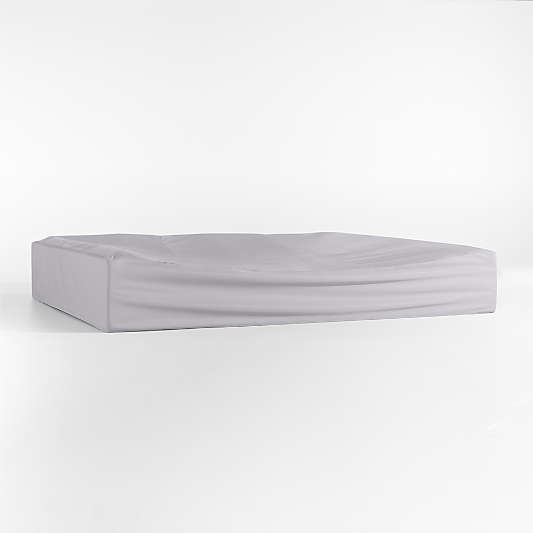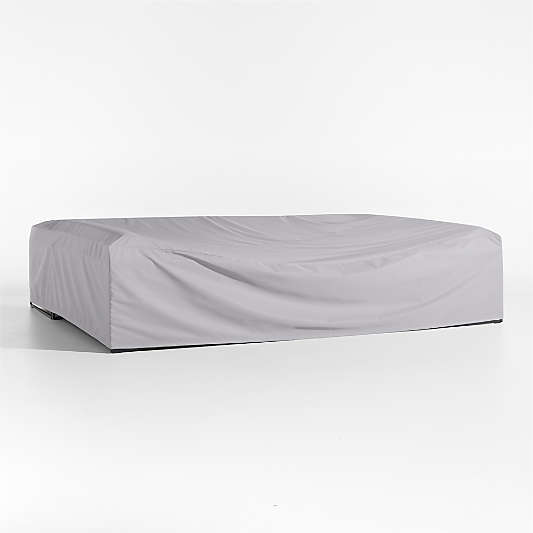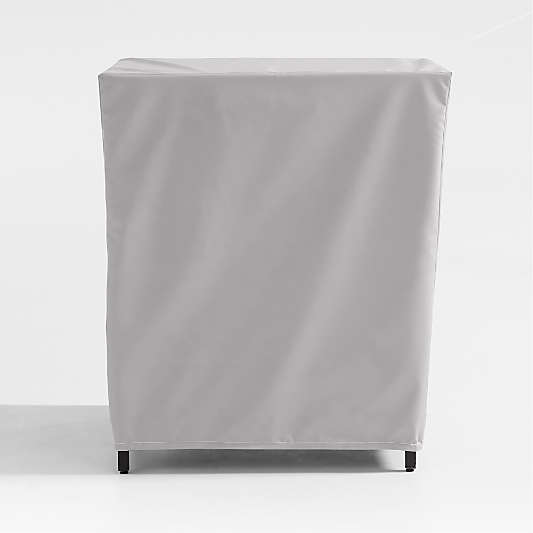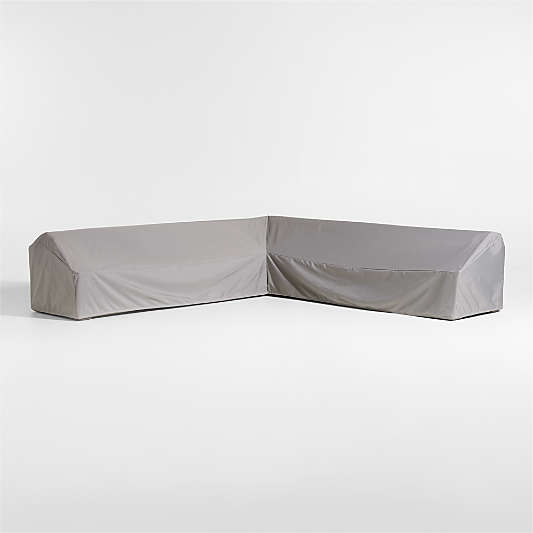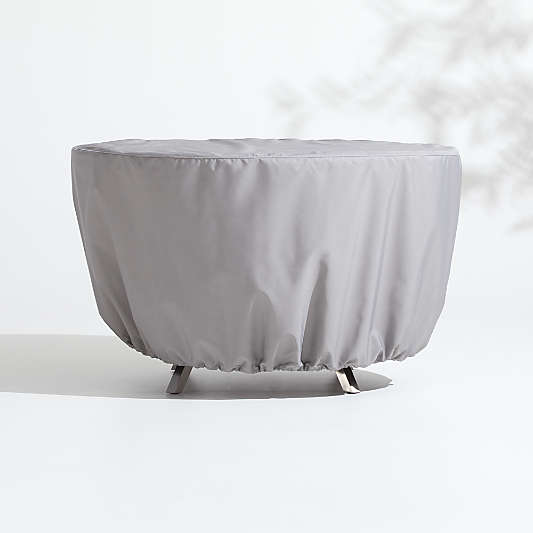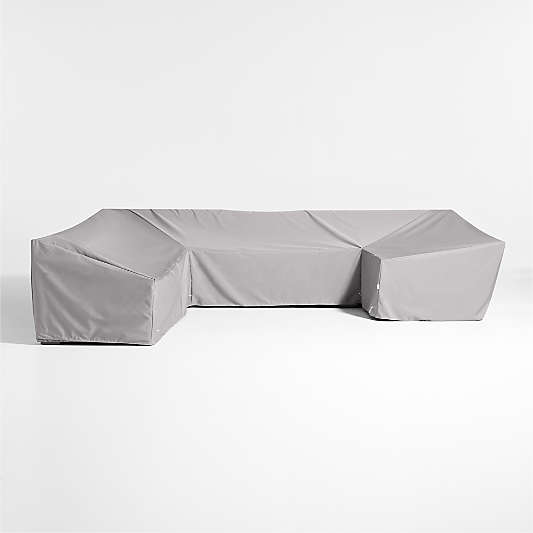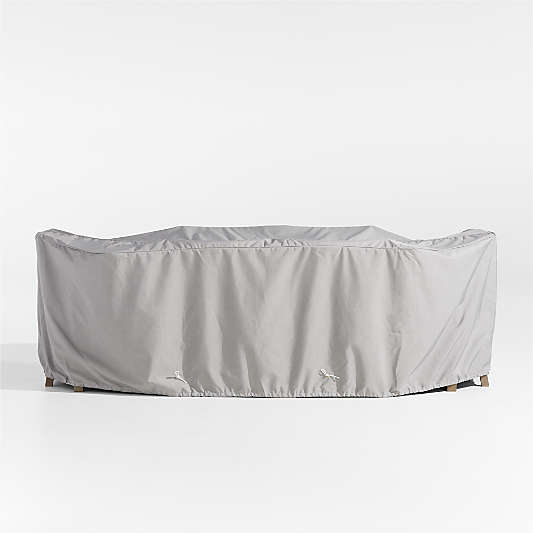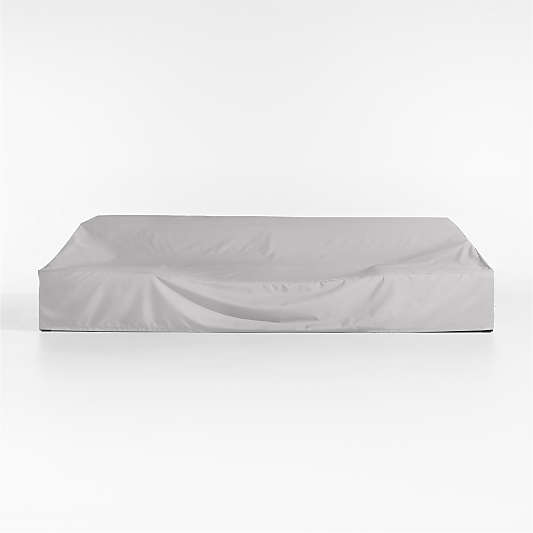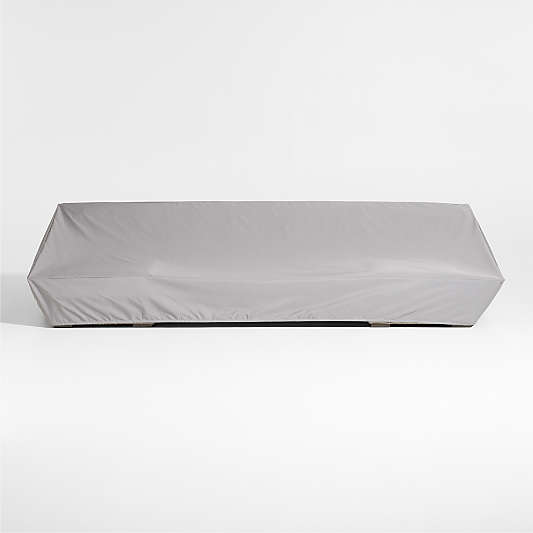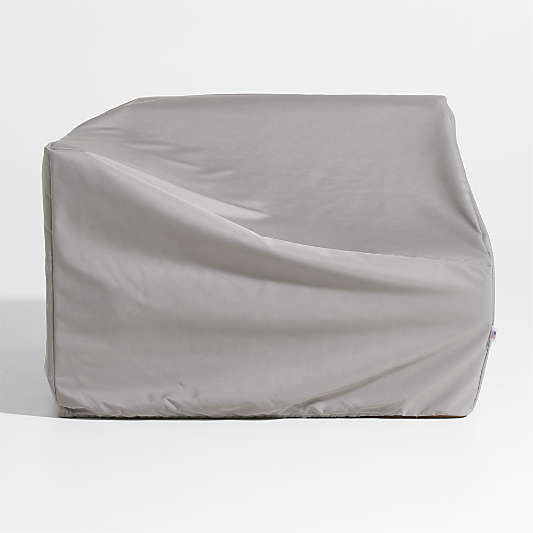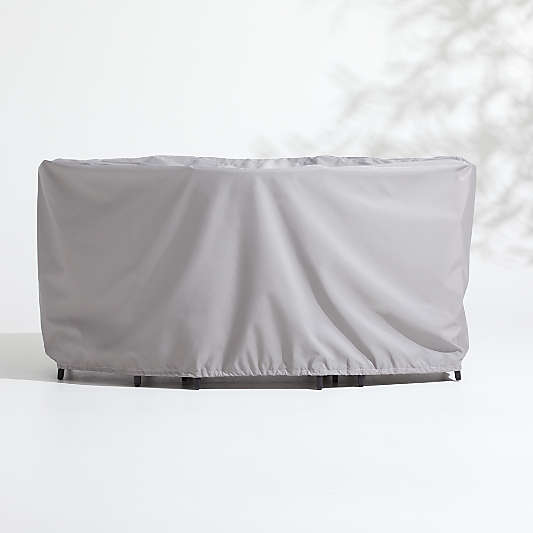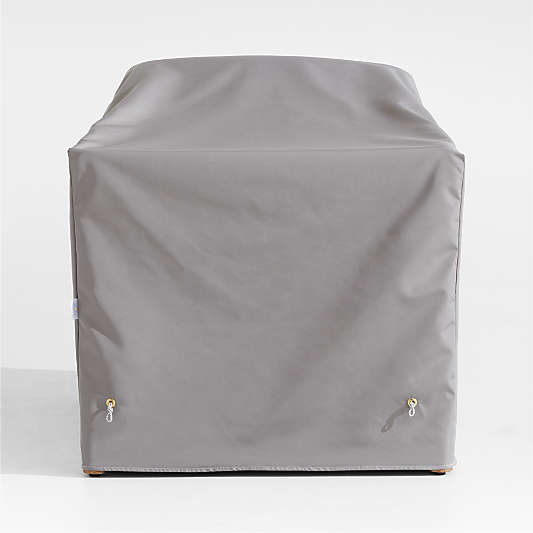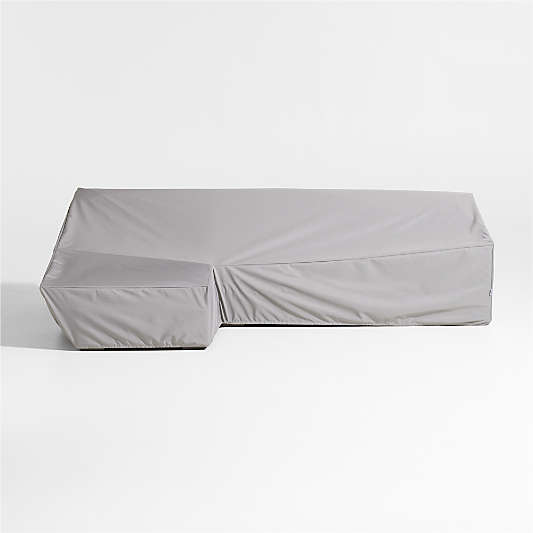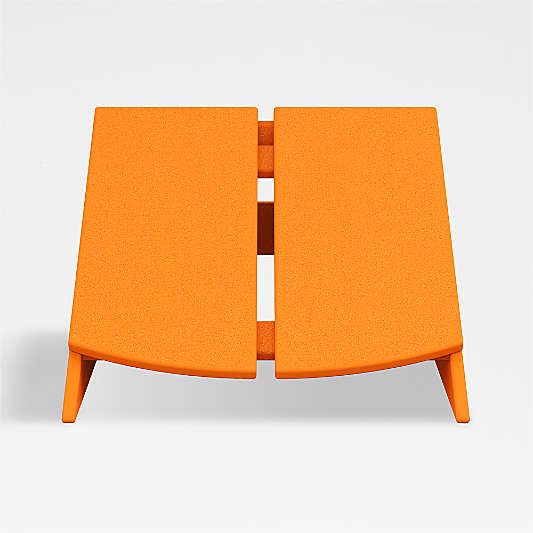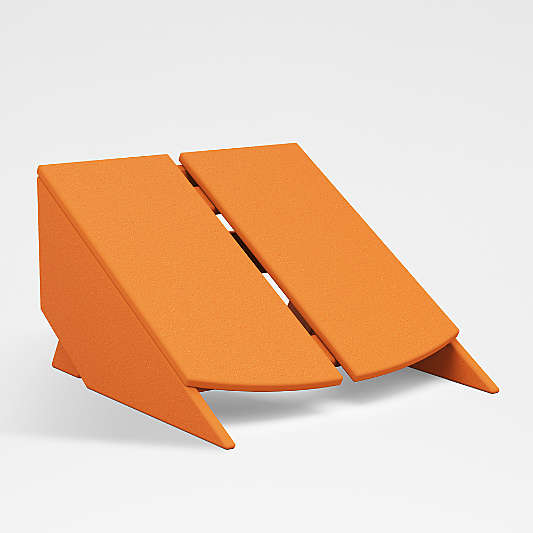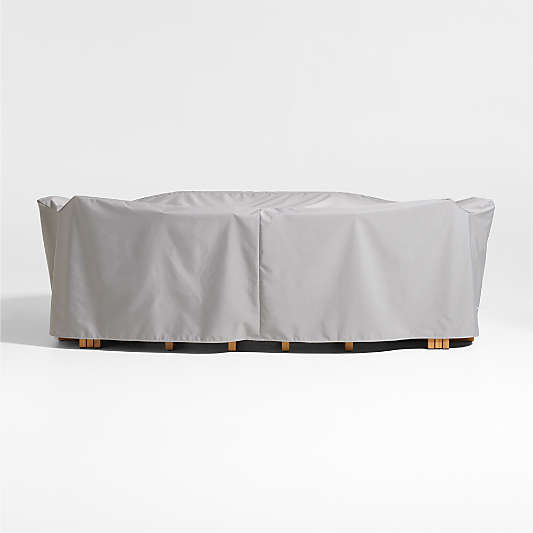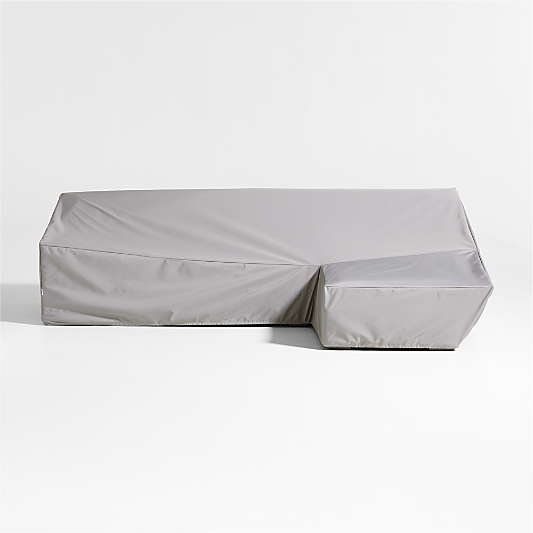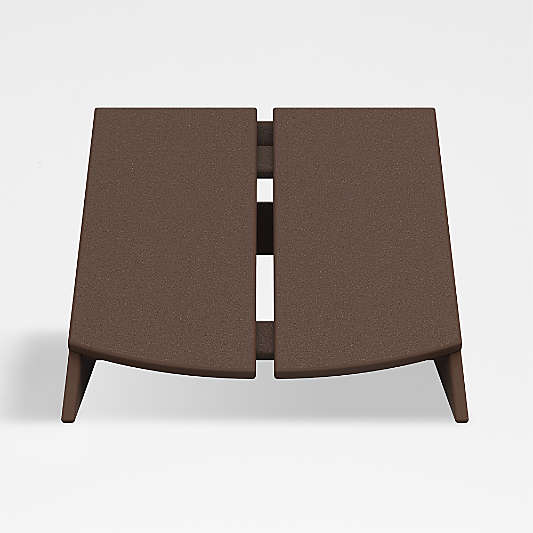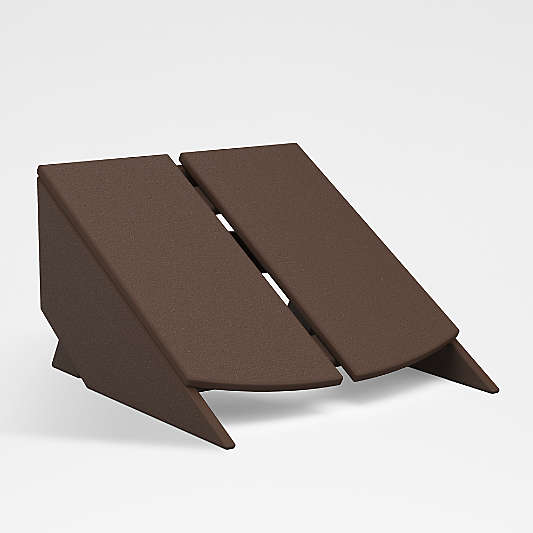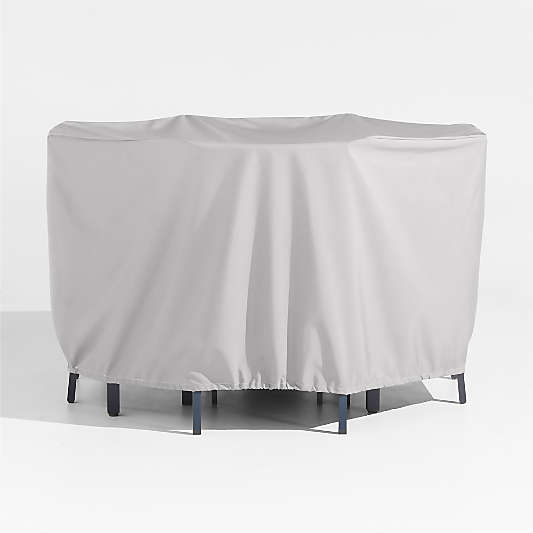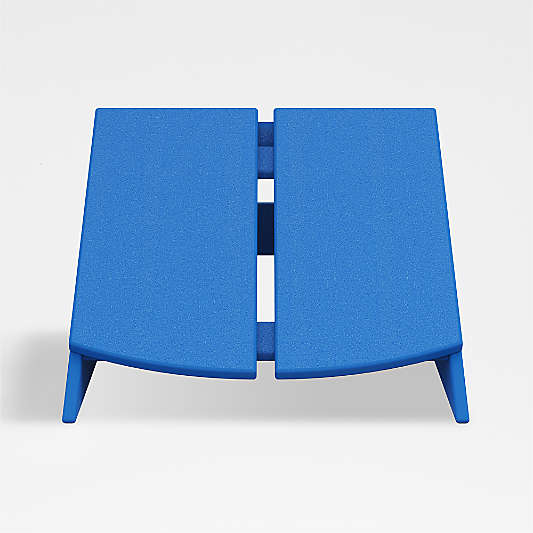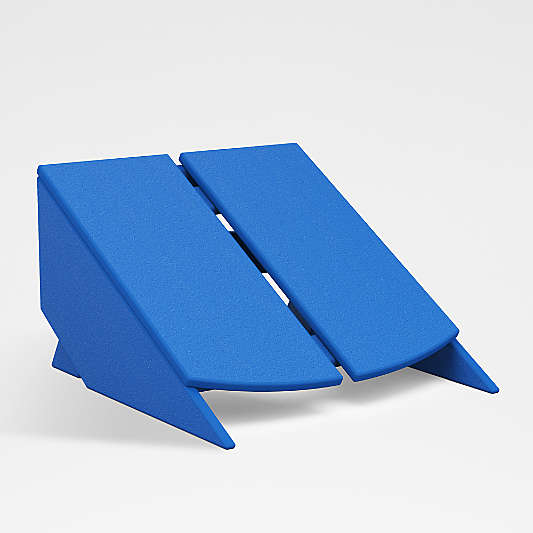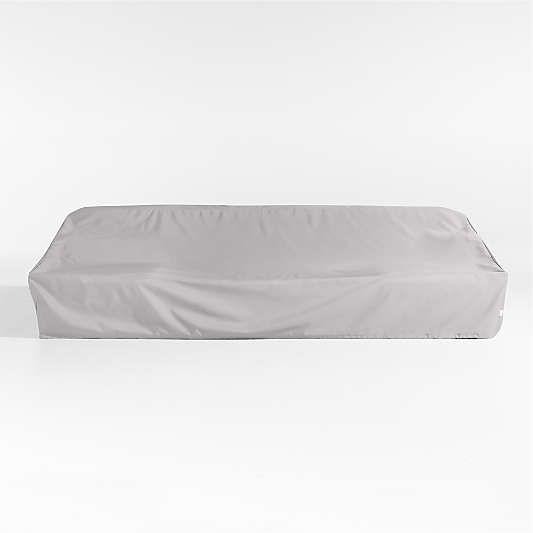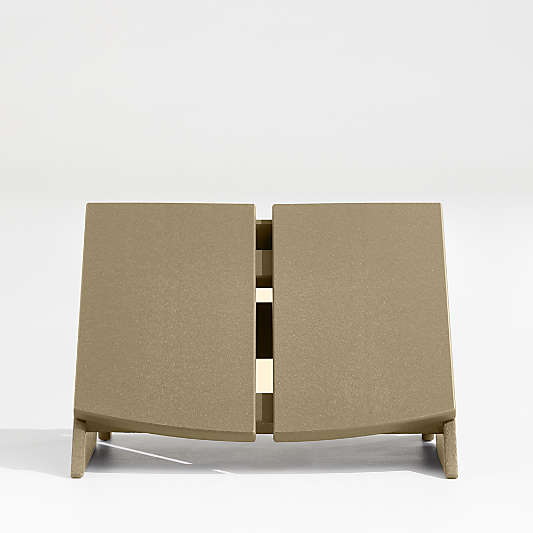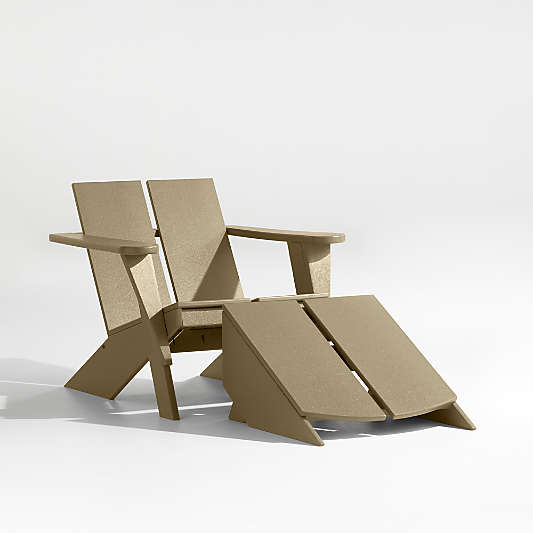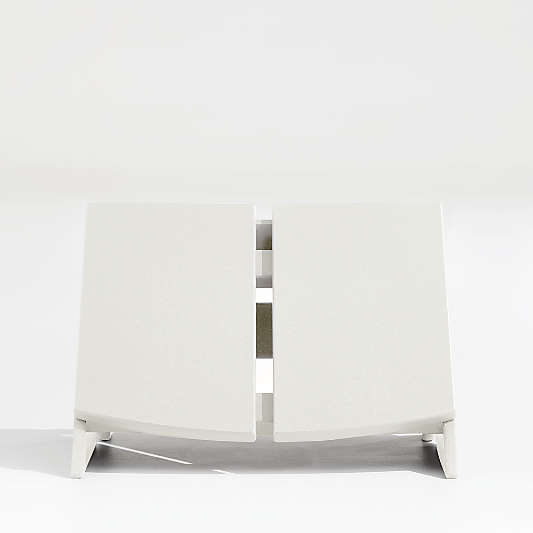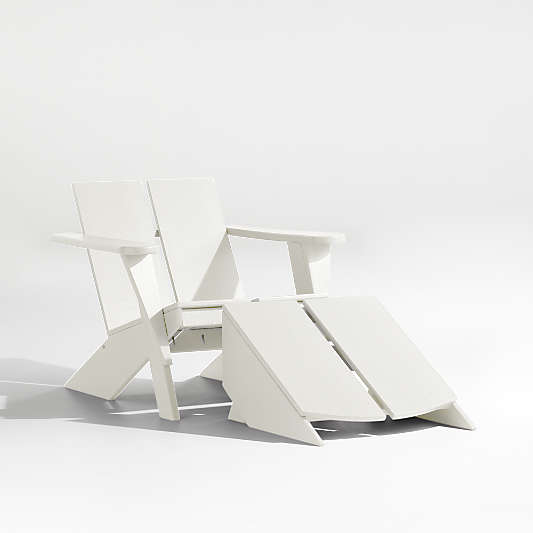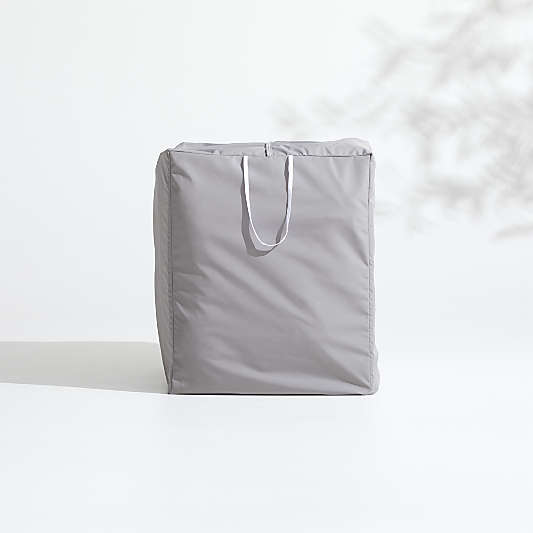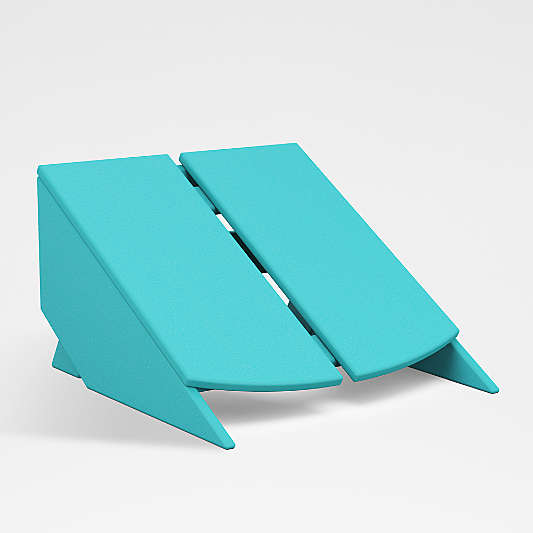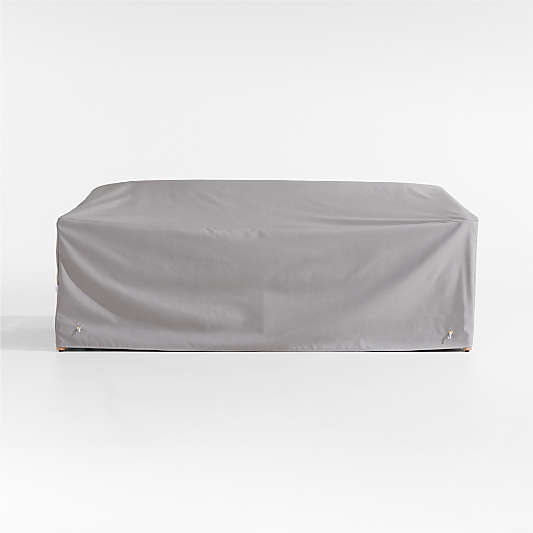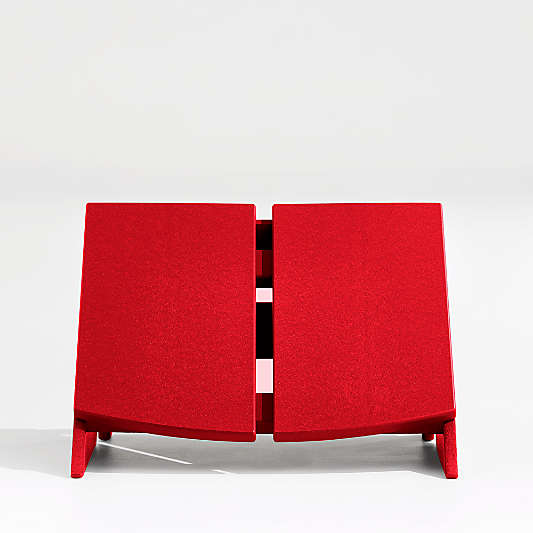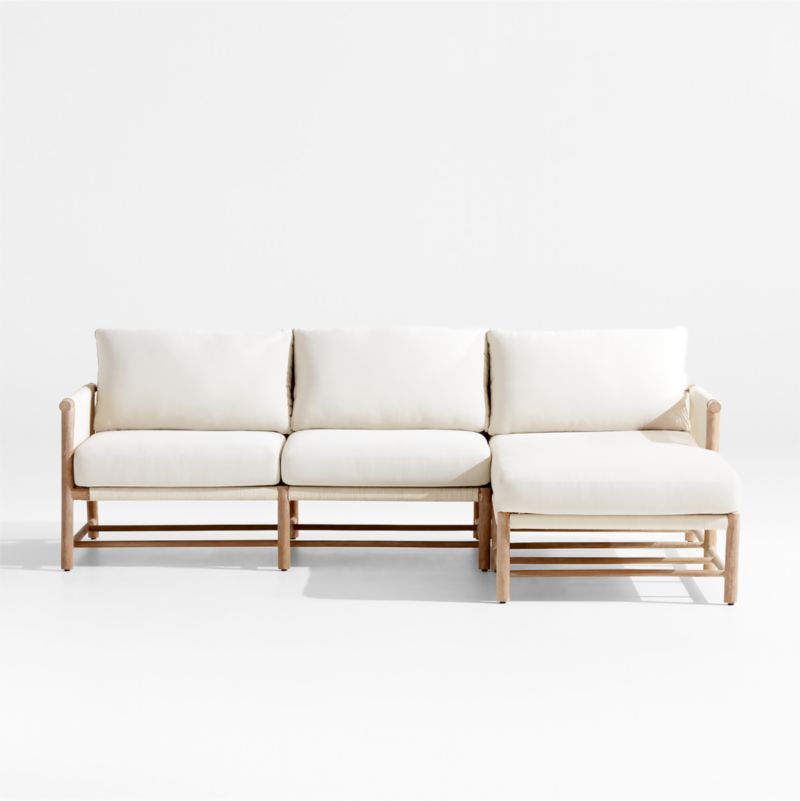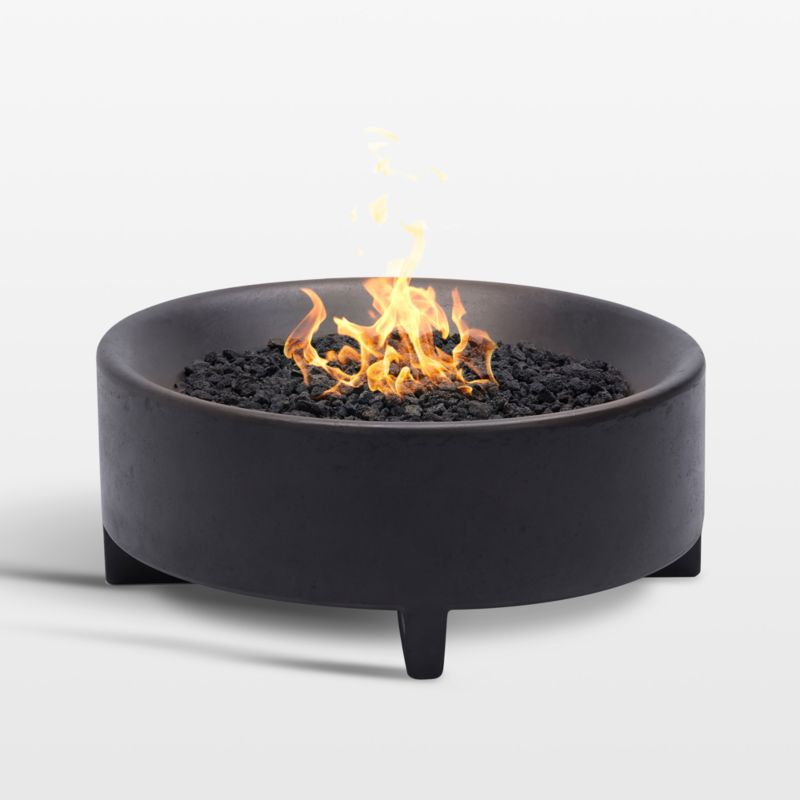Outdoor Furniture Care Guide: How to Clean, Store and Protect Your Outdoor Furniture
Outdoor furniture can be a significant investment and regular maintenance is crucial to protect it from damage caused by harsh weather and general wear and tear. Proper cleaning is also critical in maintaining the appearance and extending the lifespan of your outdoor furniture. Keep reading to learn more about how to clean, maintain, and protect your outdoor furniture.
Shop All Outdoor Furniture

cleaning outdoor furniture
Regular cleaning is an essential part of maintaining your outdoor furniture, no matter what material it’s made out of. Keep in mind, different types of furniture will have different needs. Keep reading to learn more about how to clean yours.
Wood Furniture
Harsh chemicals can damage wood furniture, so it’s best to use a mild soap and water solution. Mix a few drops of soap with water in a bucket. Using a soft-bristled brush, dip it into the solution and scrub the furniture. Rinse the wood with water and allow it to dry completely before using it.
Rattan Furniture
Rattan’s grooves can easily pick up dirt and debris so start by vacuuming the furniture using a soft brush attachment. Next, mix a mild cleaning solution of warm water and a small amount of dish soap or vinegar. Dip a soft cloth into the solution, wring it out, and wipe down the furniture. After cleaning with the mild solution, use a damp cloth to wipe off any remaining soap residue. Be sure to wring out the cloth thoroughly to avoid excess moisture. Allow the furniture to air dry completely before using it or covering it.
Metal, Concrete & Plastic Furniture
Start by using a soft-bristled brush to remove any dirt or debris from the surface of the furniture. Similar to rattan or wood furniture, you can also use a mild cleaning solution of dish soap or vinegar mixed with water. Dip a soft cloth or sponge into the solution and use it to wipe down the furniture. After cleaning, rinse the furniture thoroughly with water to remove any remaining soap residue. Let the furniture air dry completely before using it, cleaning with the mild solution, use a damp cloth to wipe off any remaining soap residue. Be sure to wring out the cloth thoroughly to avoid excess moisture. Allow the furniture to air dry completely before using it or covering it.
cleaning outdoor cushions
Ensure your outdoor cushions look good and last long by regularly cleaning them. Start by removing any debris such as leaves, dirt, or pet hair from the cushions. We recommend using a soft-bristled brush, lint roller or vacuum cleaner.
Most outdoor cushions can be cleaned using a mixture of mild soap and warm water. You may want to test a small area to make sure it doesn’t cause any discoloration or damage to the fabric. Using a soft-bristled brush or sponge, gently scrub the cushion with the cleaning solution, paying extra attention to any stains or dirty areas.
Once you’ve cleaned your cushions thoroughly, rinse them off with a garden hose, making sure to remove any soap residue. Most importantly, allow the cushions to air dry completely before putting them back on your outdoor furniture.
Cleaning white outdoor cushions
For white outdoor cushions, it’s recommended that you avoid using bleach. While it can be an effective cleaner, it can also cause discoloration or yellowing of white cushions.
Similar to colored cushions, you can mix a simple solution of one part vinegar with two parts water in a spray bottle. Spray the solution onto the cushions and let it sit for 15 minutes before rinsing it off with a garden hose. Sunlight can help remove any remaining stains or discoloration from white outdoor cushions. After washing them, hang them in direct sunlight and let them air dry completely before putting them back on your furniture.


maintaining outdoor furniture
While cleaning your outdoor furniture is an essential step in maintaining it, it’s not enough to ensure that it stays in good condition. Regular maintenance is also necessary to protect it from the elements and prevent wear and tear over time.
Protecting Wood Outdoor Furniture
Prevent your wood outdoor furniture from rotting, warping or cracking with a coat of protective sealant. Make sure to keep wood out of direct sunlight and rain.
Protecting Rattan Outdoor Furniture
Avoid exposing rattan furniture to direct sunlight or heat sources, as this can cause the material to dry out and crack over time. Exposure to moisture or humidity can cause rattan to warp or become discolored. To prevent this, keep your furniture away from water sources and wipe off any spills or moisture immediately.
Protecting Metal Outdoor Furniture
If not protected, metal furniture can rust. To prevent that, apply a coat of rust-resistant paint and keep your furniture dry and out of inclement weather.
Protecting Concrete Outdoor Furniture
Avoid using any harsh chemicals or abrasive cleaners on your concrete furniture, as they can damage the surface. To prevent scratches and damage, use furniture pads under the legs and feet of your concrete furniture. If you spill anything on your concrete furniture, clean it up immediately to prevent stains and damage.
Protecting Plastic Outdoor Furniture
Plastic furniture is durable, but it can fade or become brittle over time. To protect it, store plastic furniture out of direct sunlight when not in use and clean it regularly to prevent dirt and grime from building up.
storing outdoor furniture
Generally, outdoor furniture should be stored in a dry, protected area such as a shed, garage or basement during harsh weather conditions or when not in use. Make sure to store your furniture off the ground to prevent moisture or pests from damaging it.
If storing outside is the only option, use a waterproof furniture cover or tarp to protect it from the elements. Make sure the cover fits properly and covers all of the furniture.

by: Crate & Barrel Editor
|6 min read
expert answers to caring for outdoor furniture
You should clean your outdoor furniture at least once a month to prevent dirt and grime from building up.
No, you should avoid using bleach on outdoor furniture as it can damage the material.
You can protect your outdoor furniture from fading by storing it out of direct sunlight when not in use and applying a protective sealant to wood furniture.
It depends on the material. Wood and metal furniture should be stored in a dry place during the winter months, while plastic furniture can be left outside.



